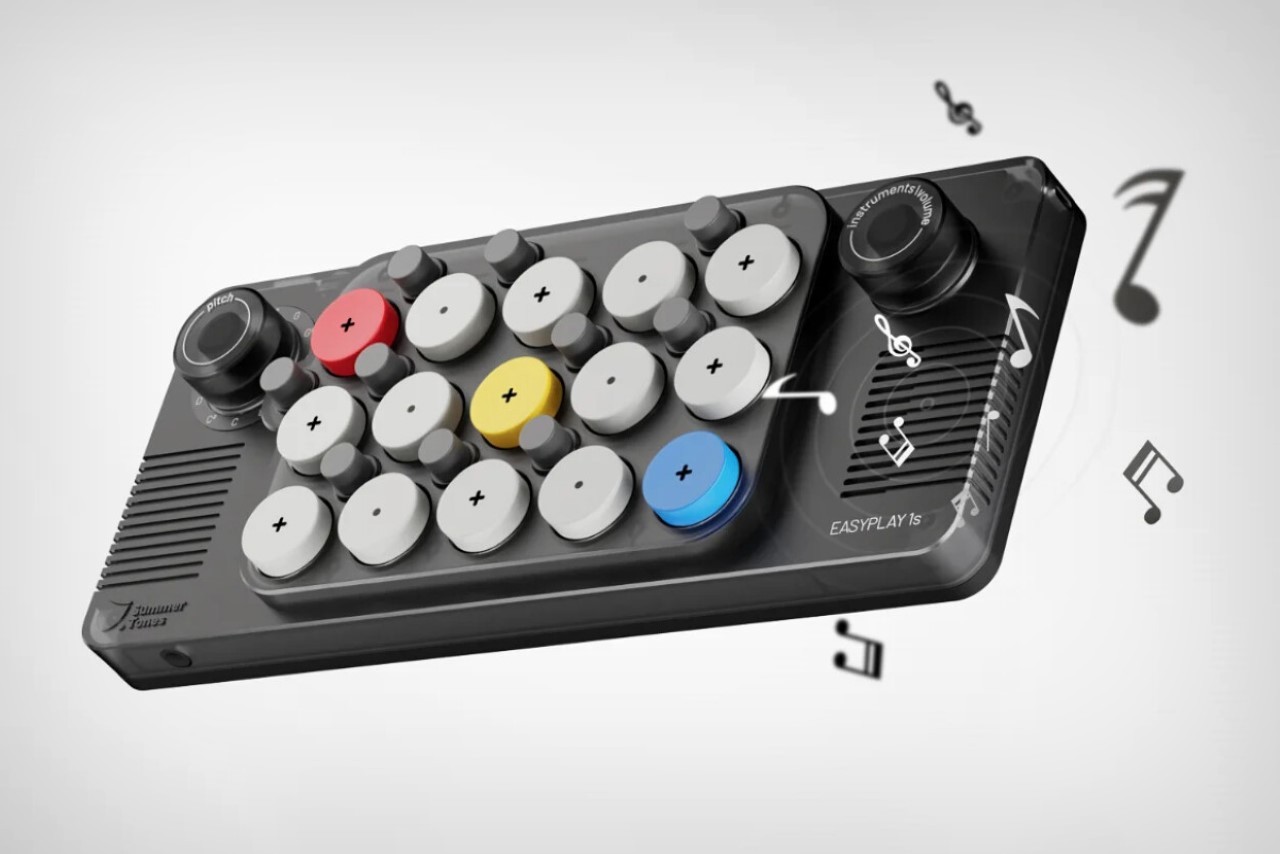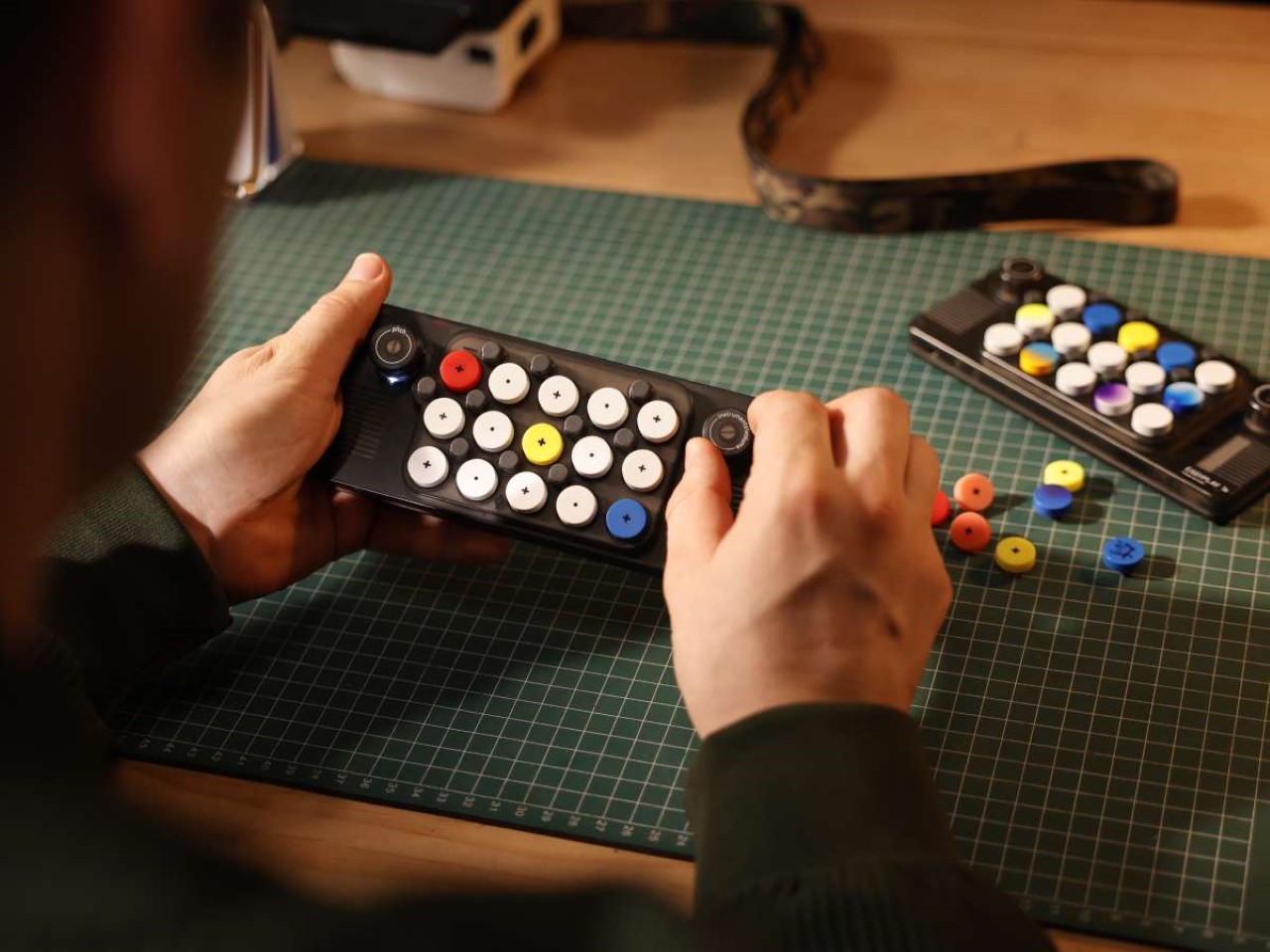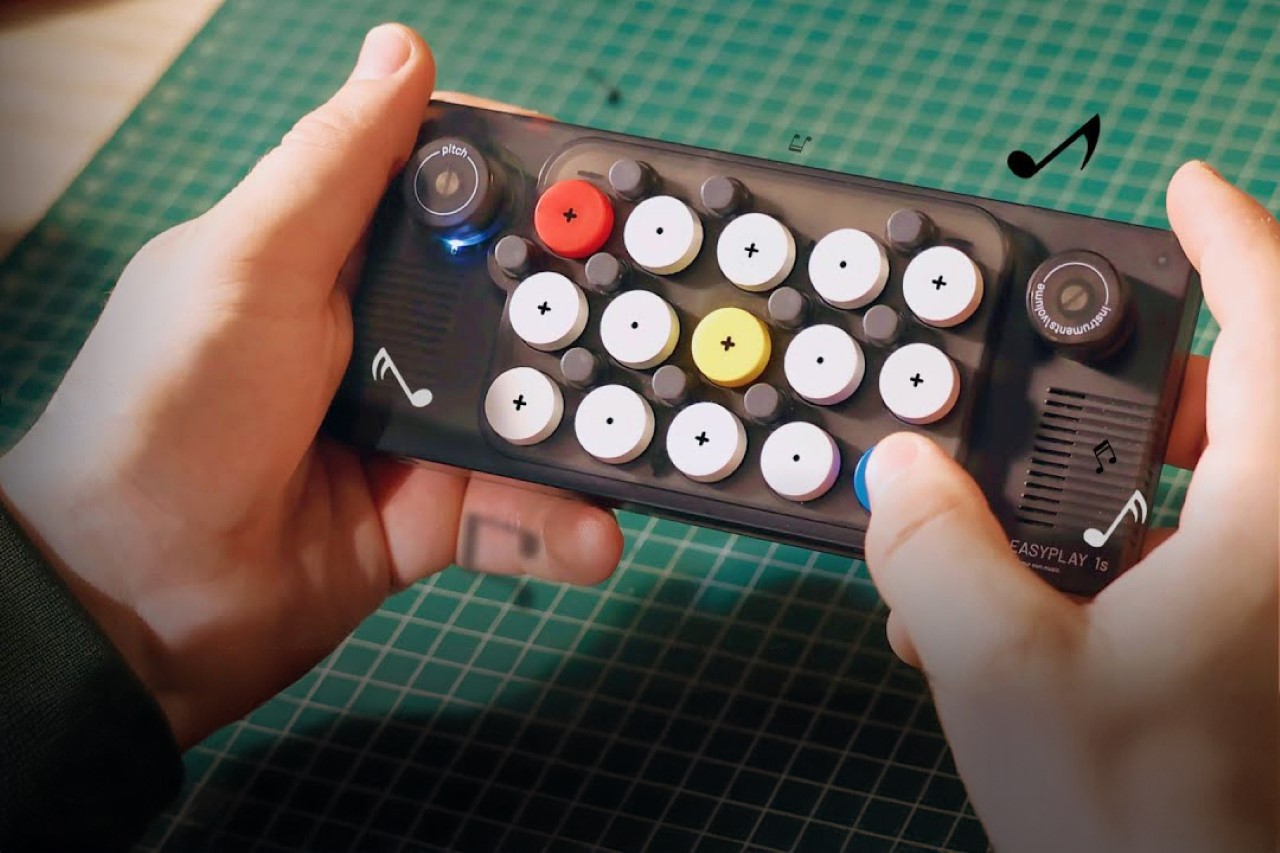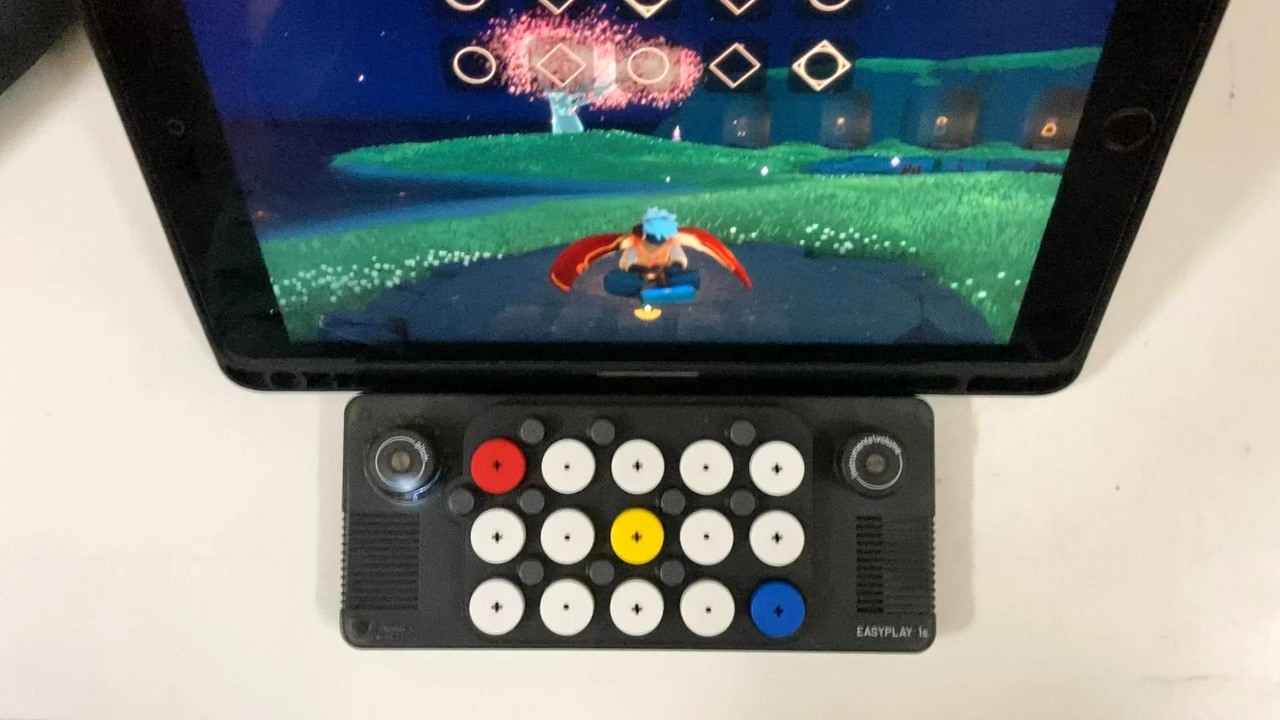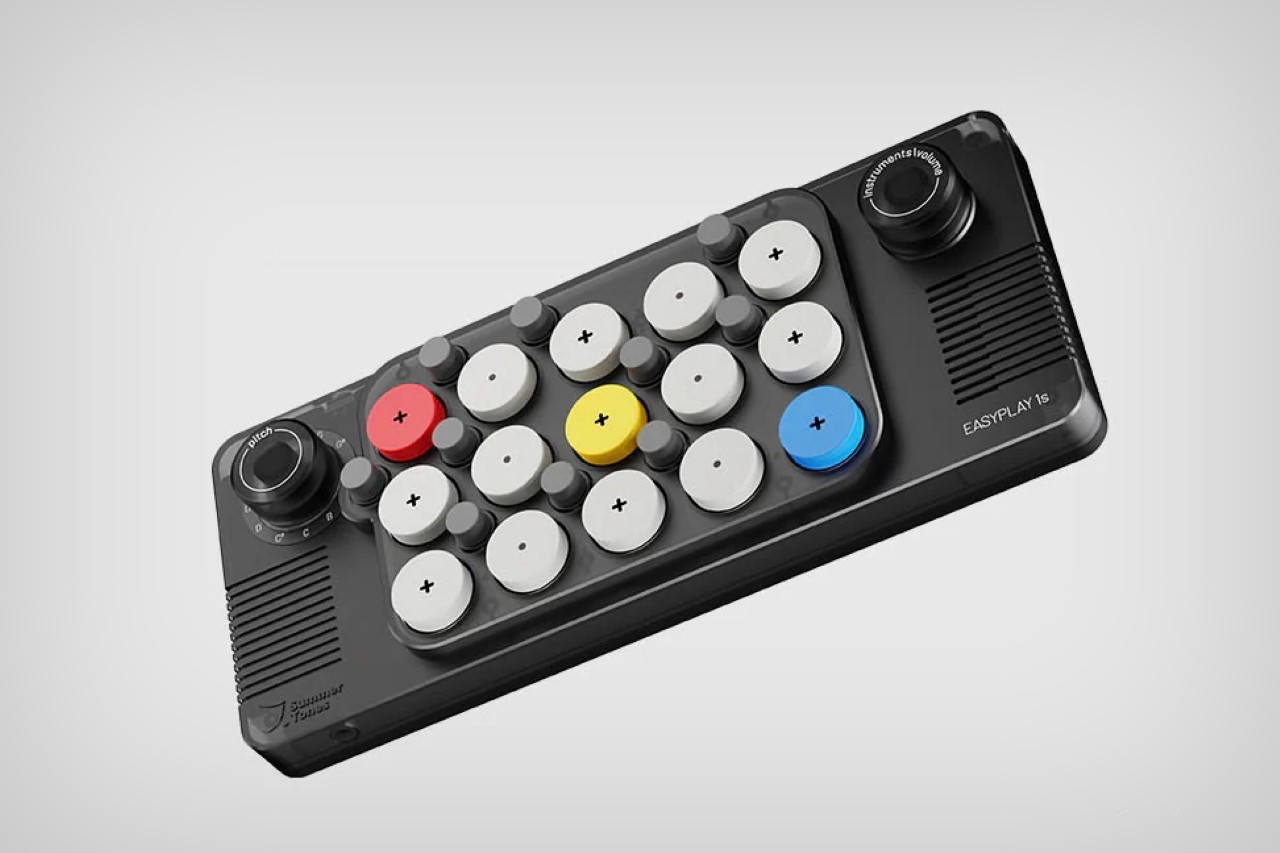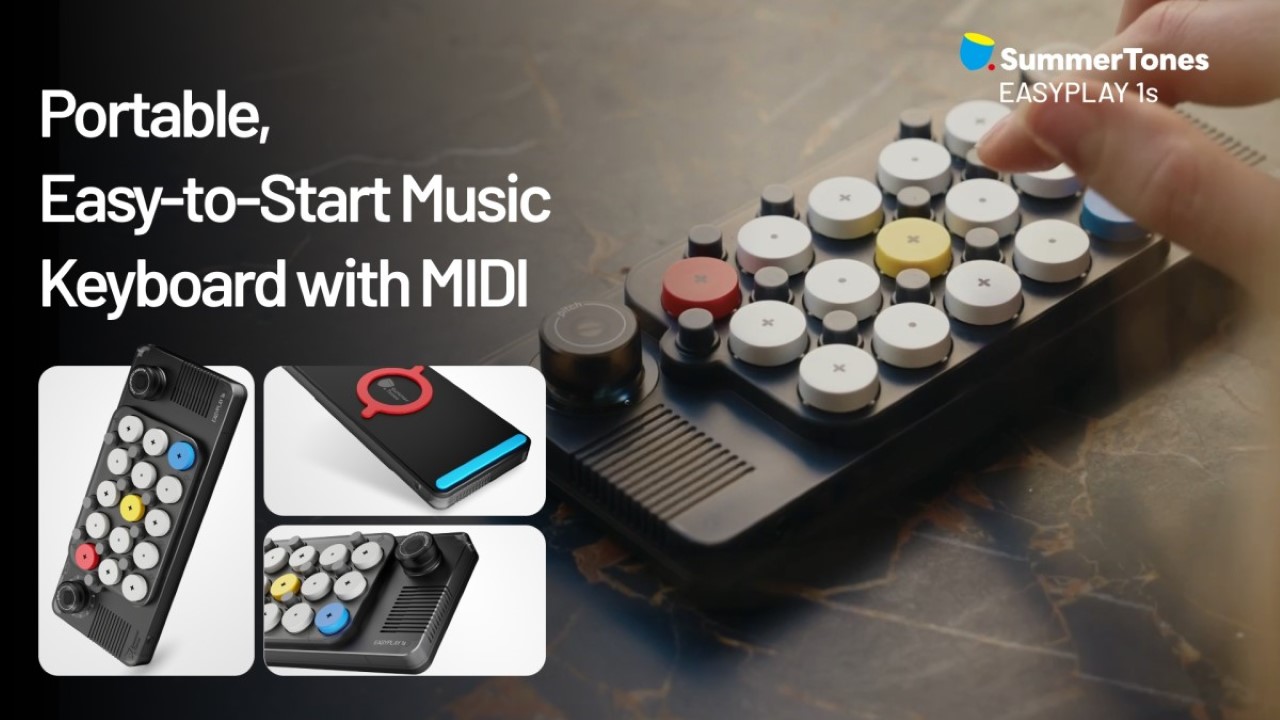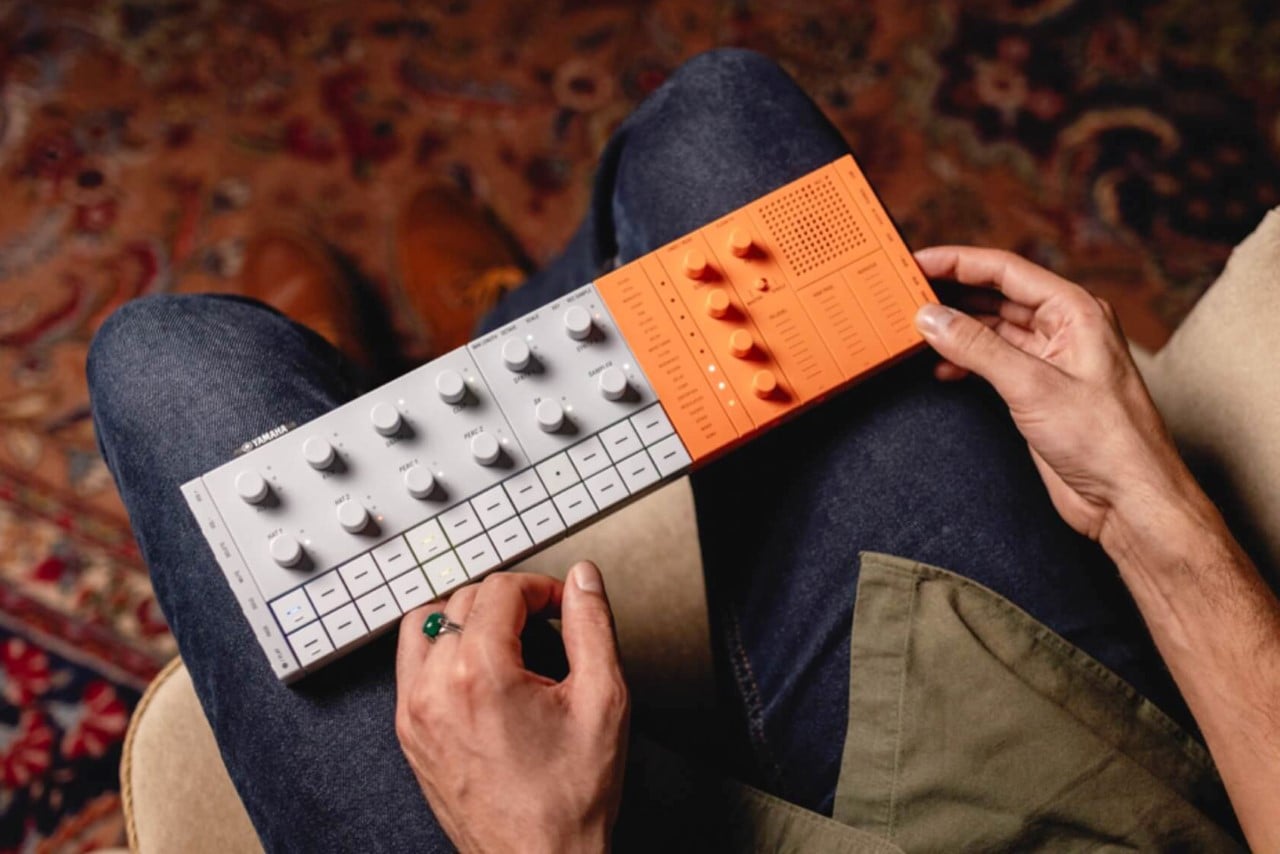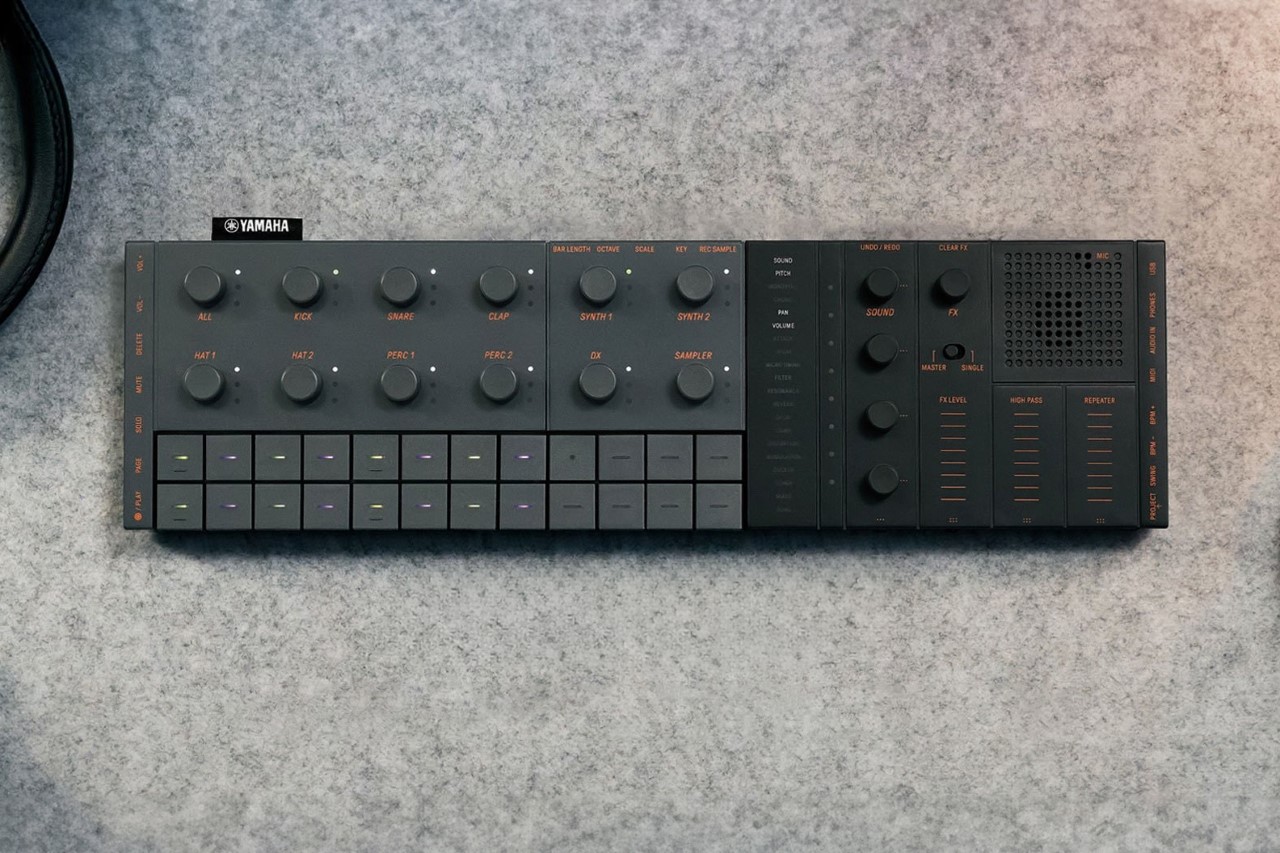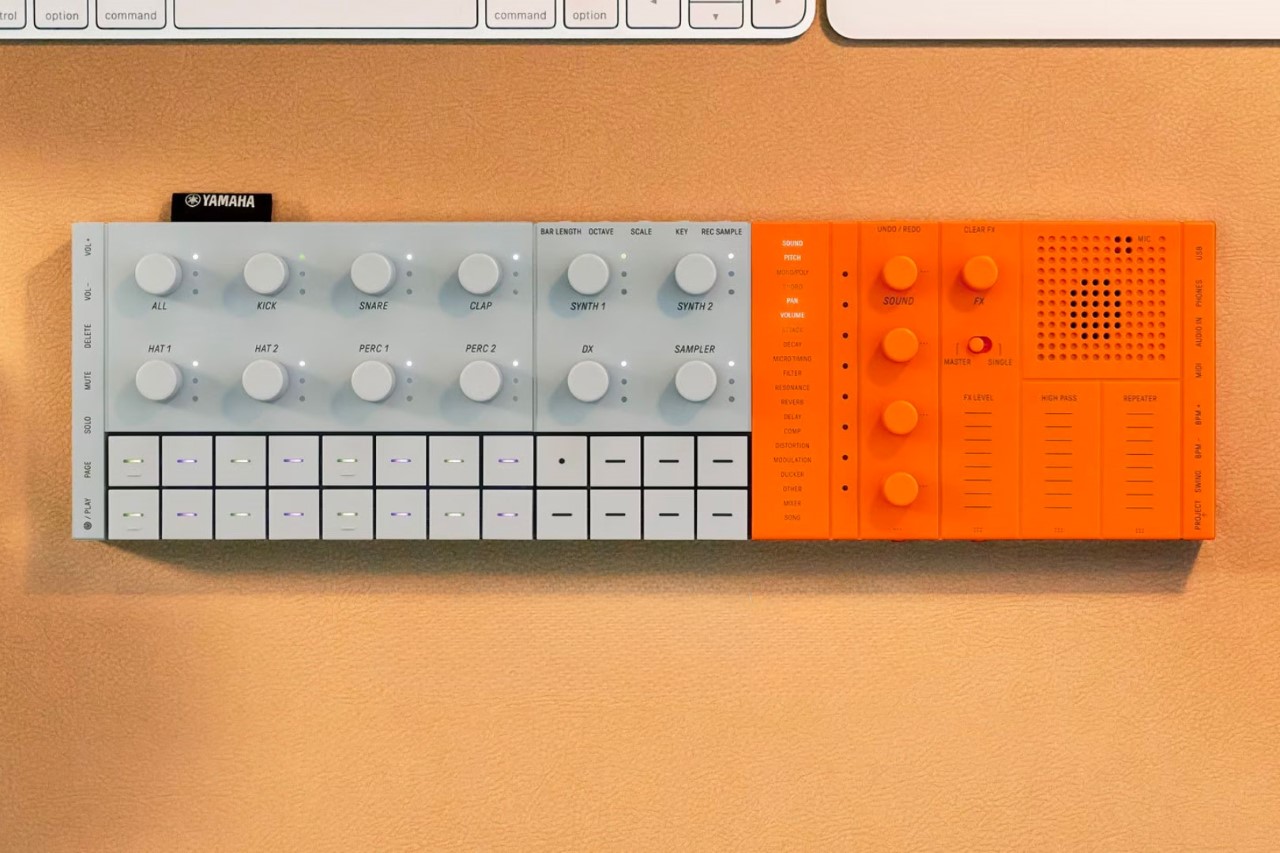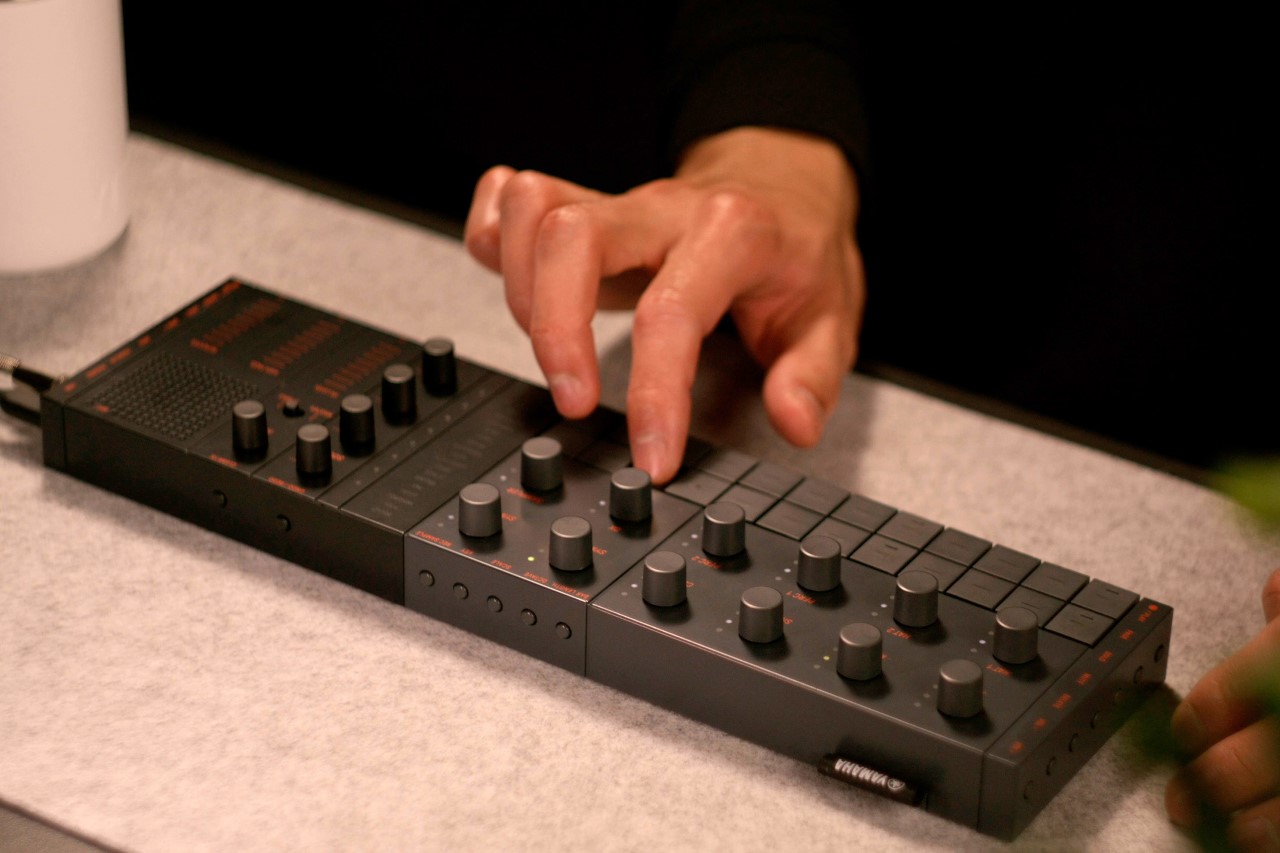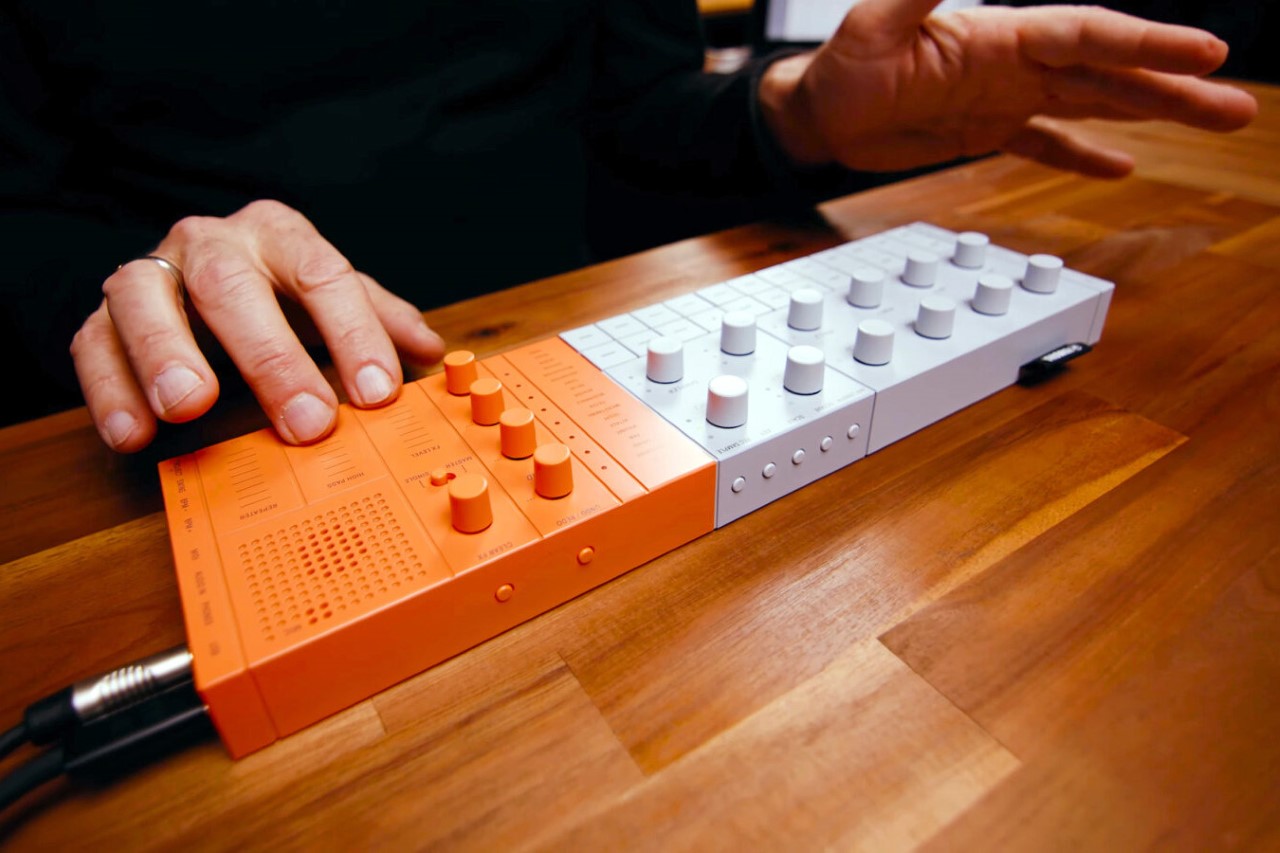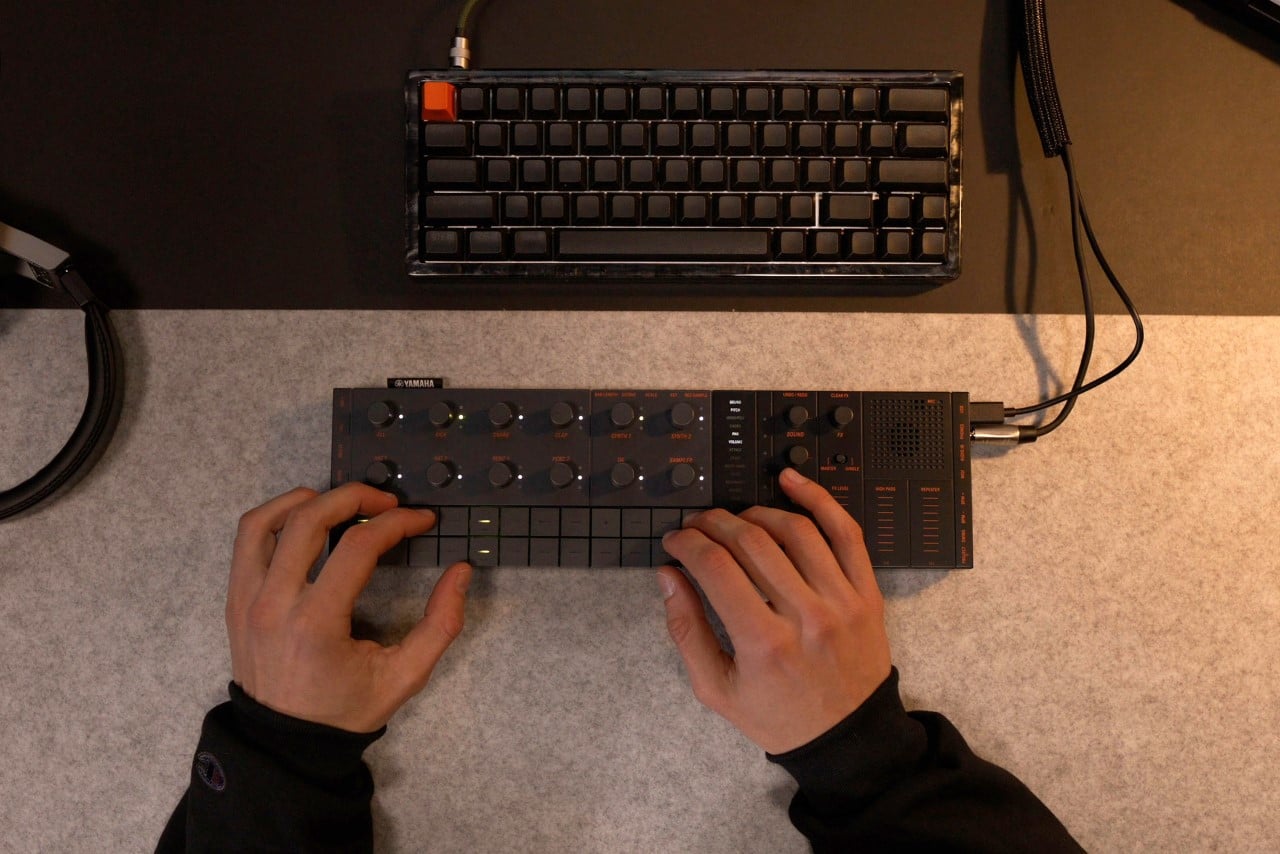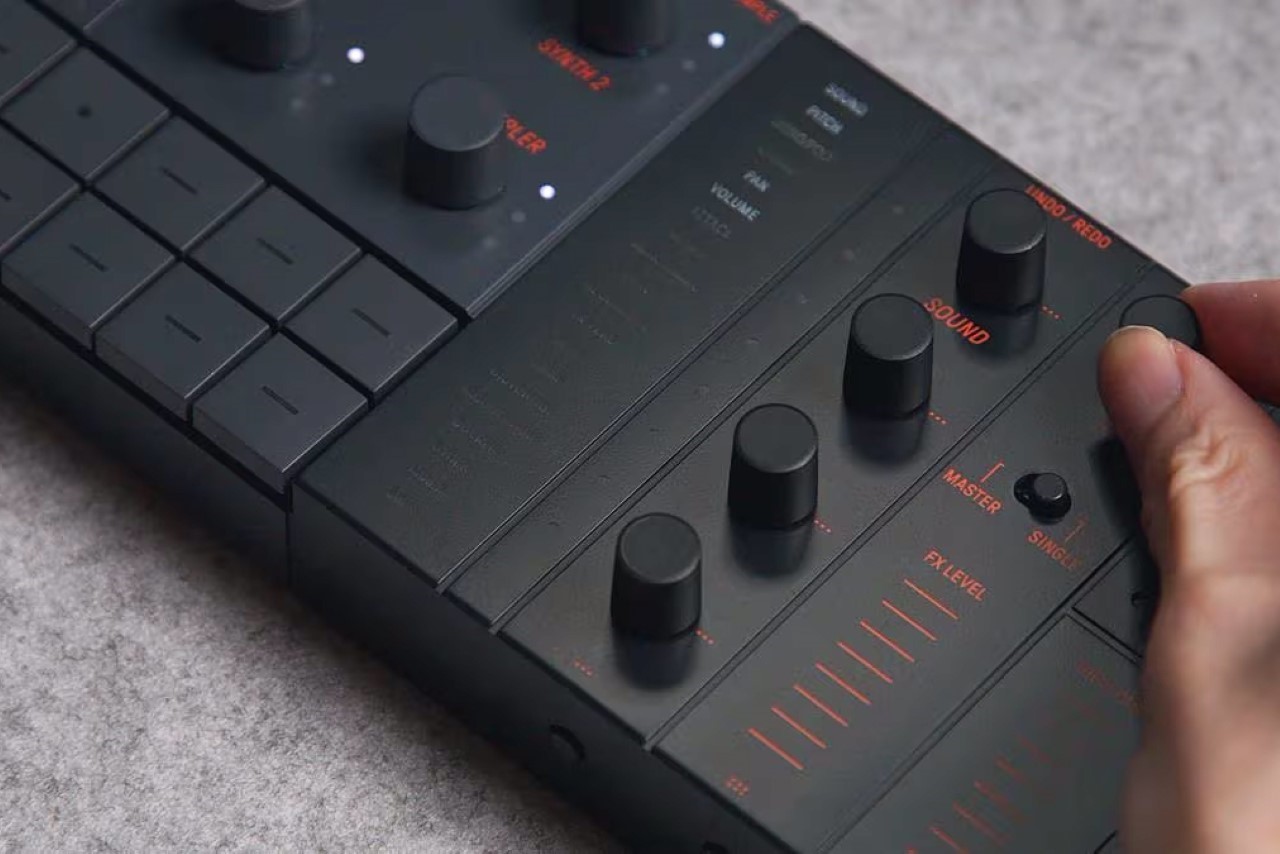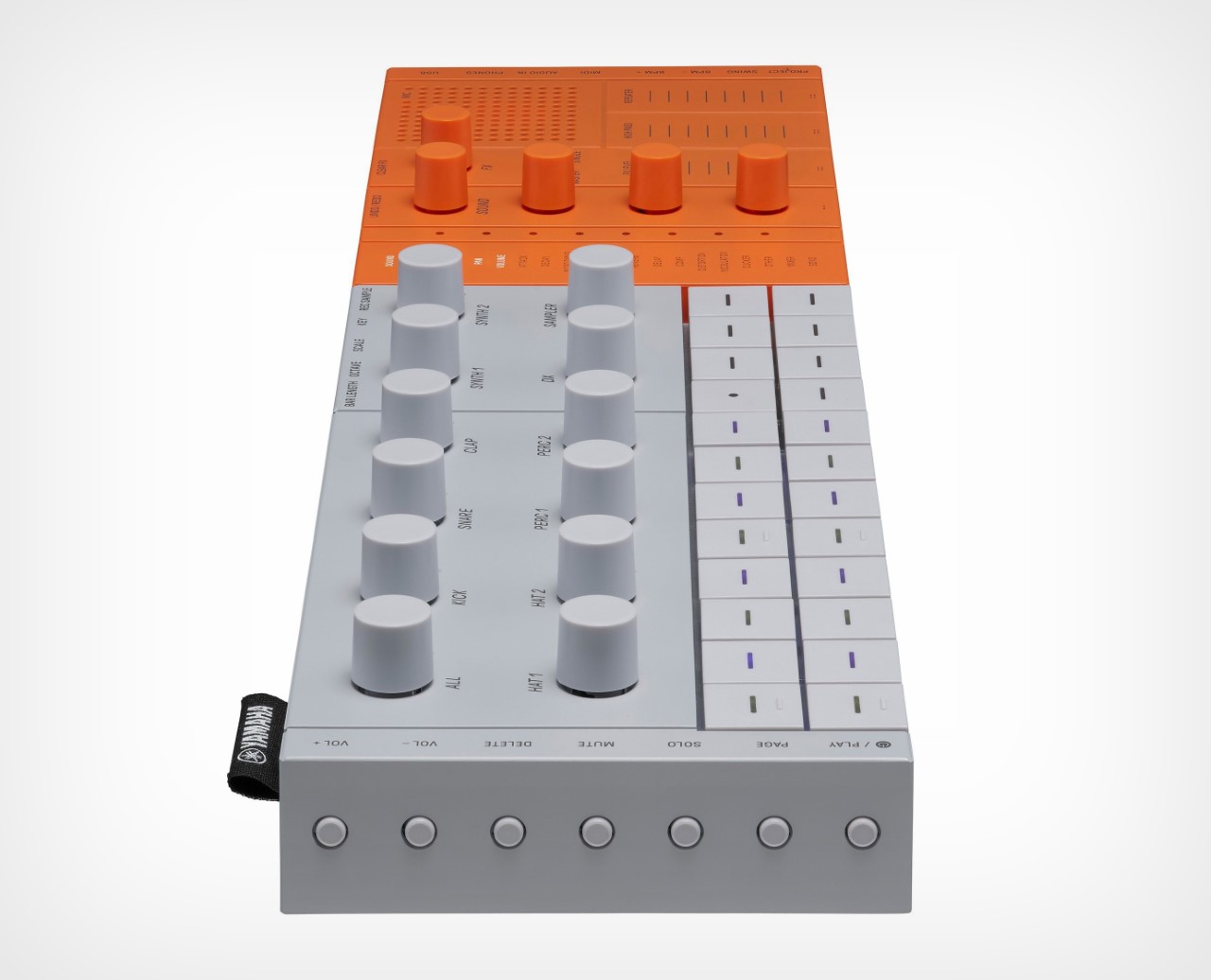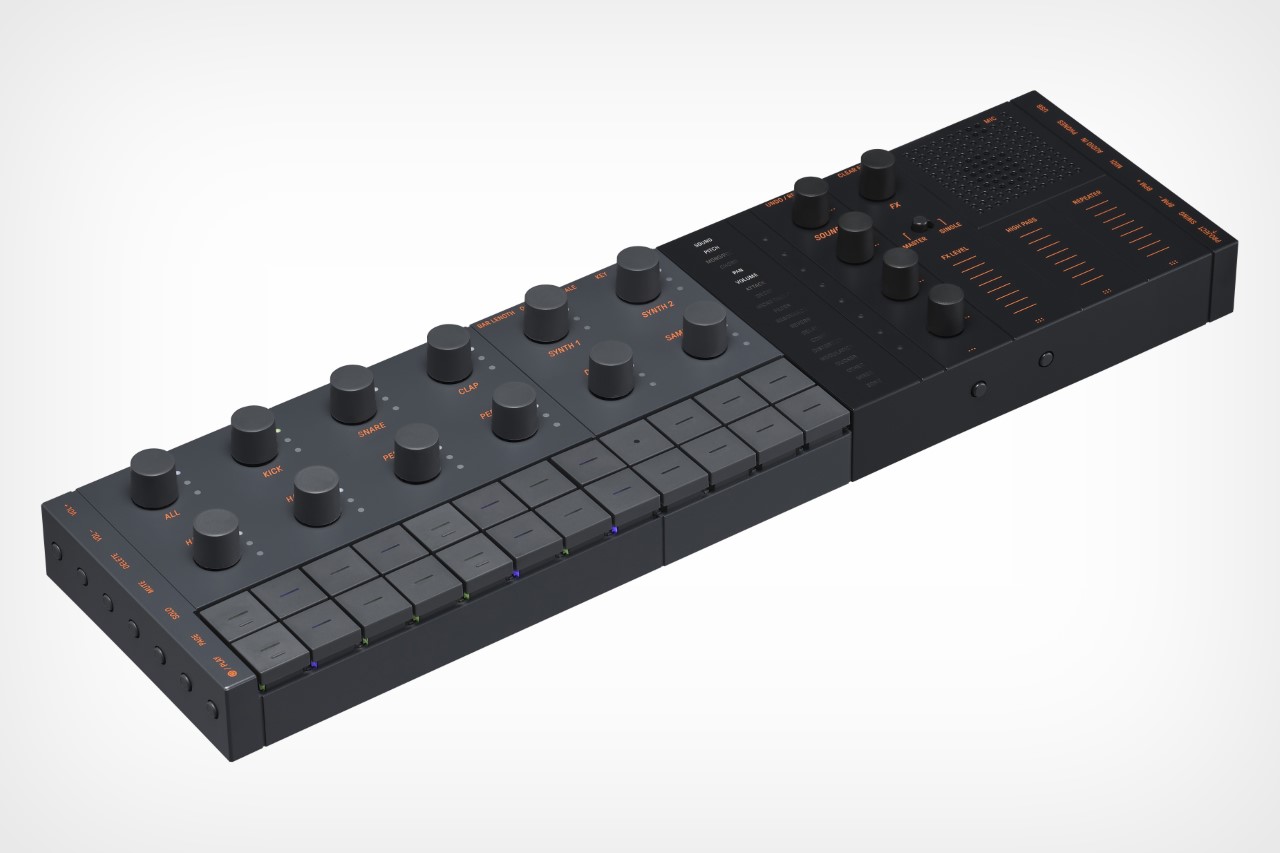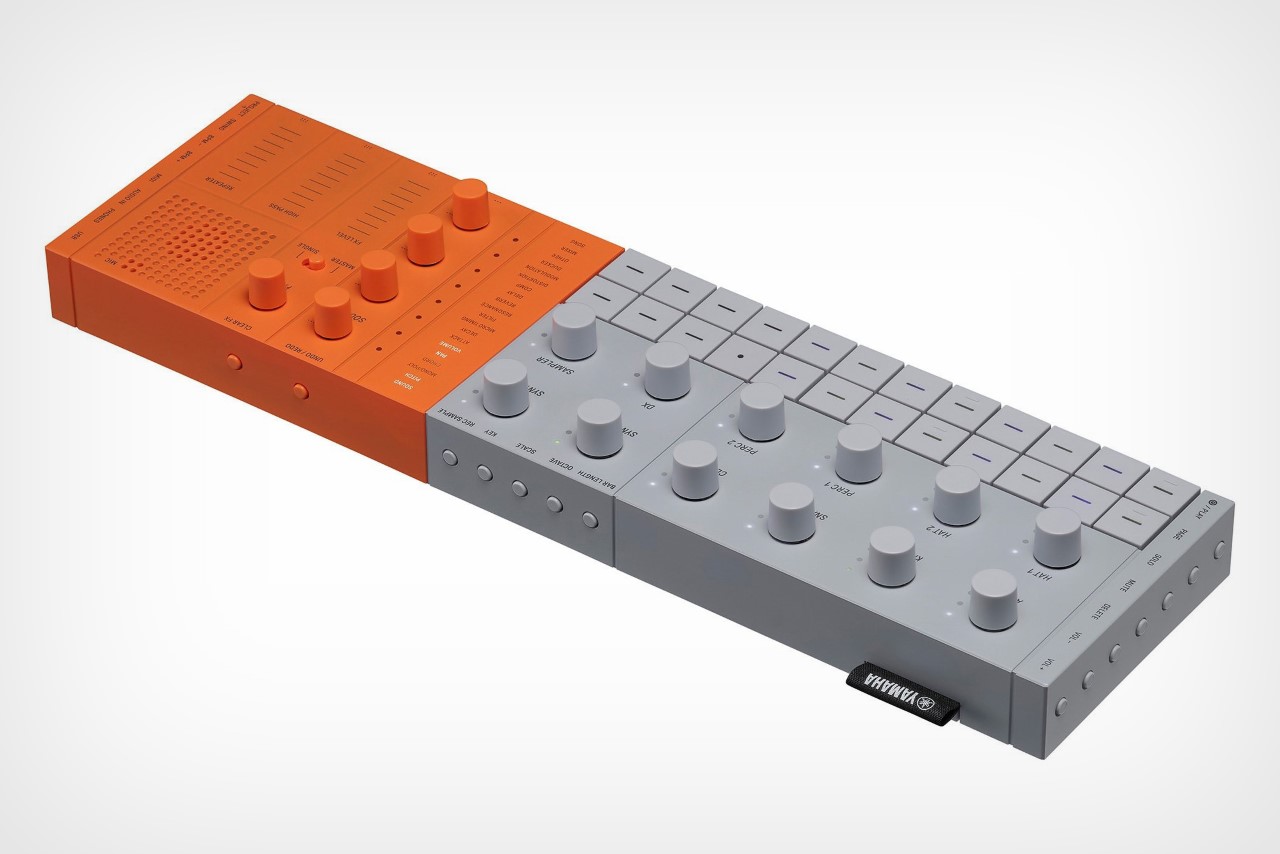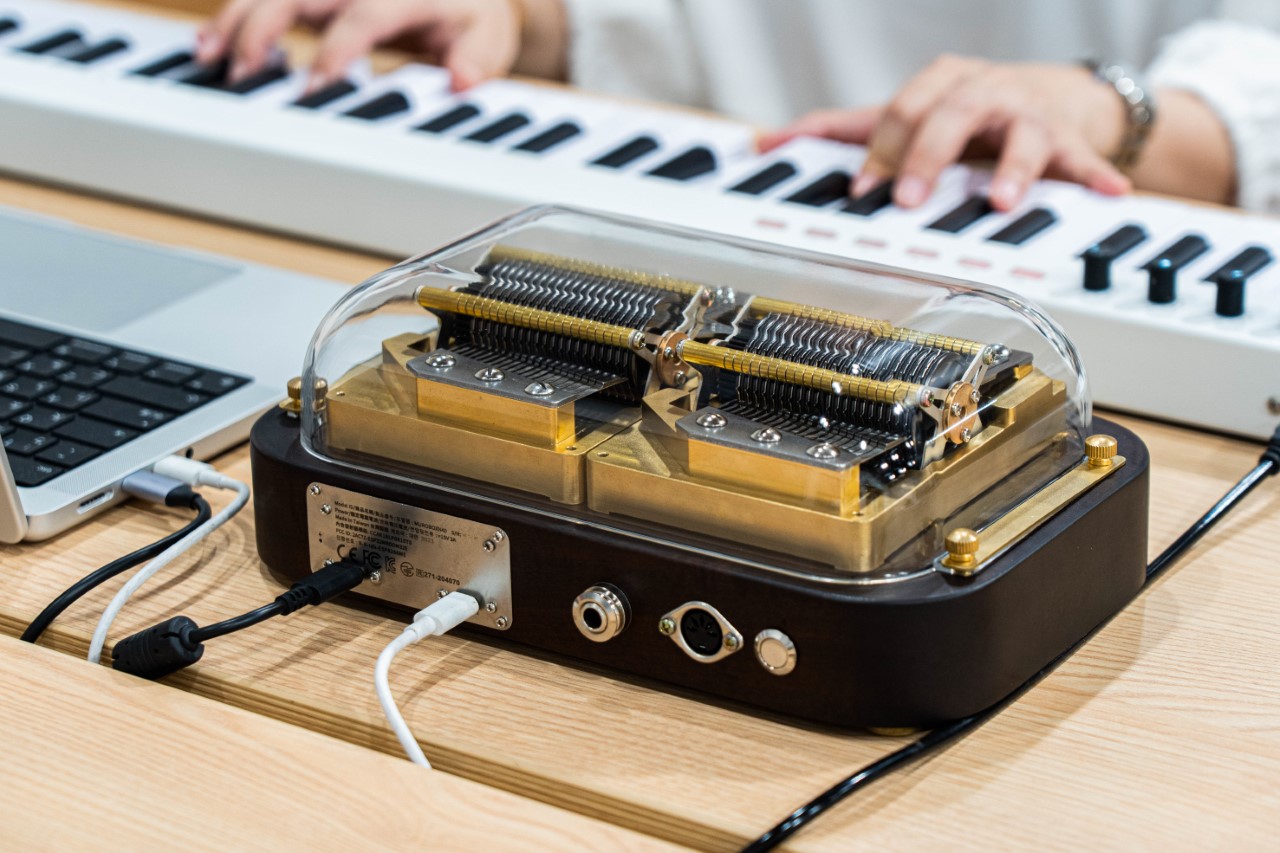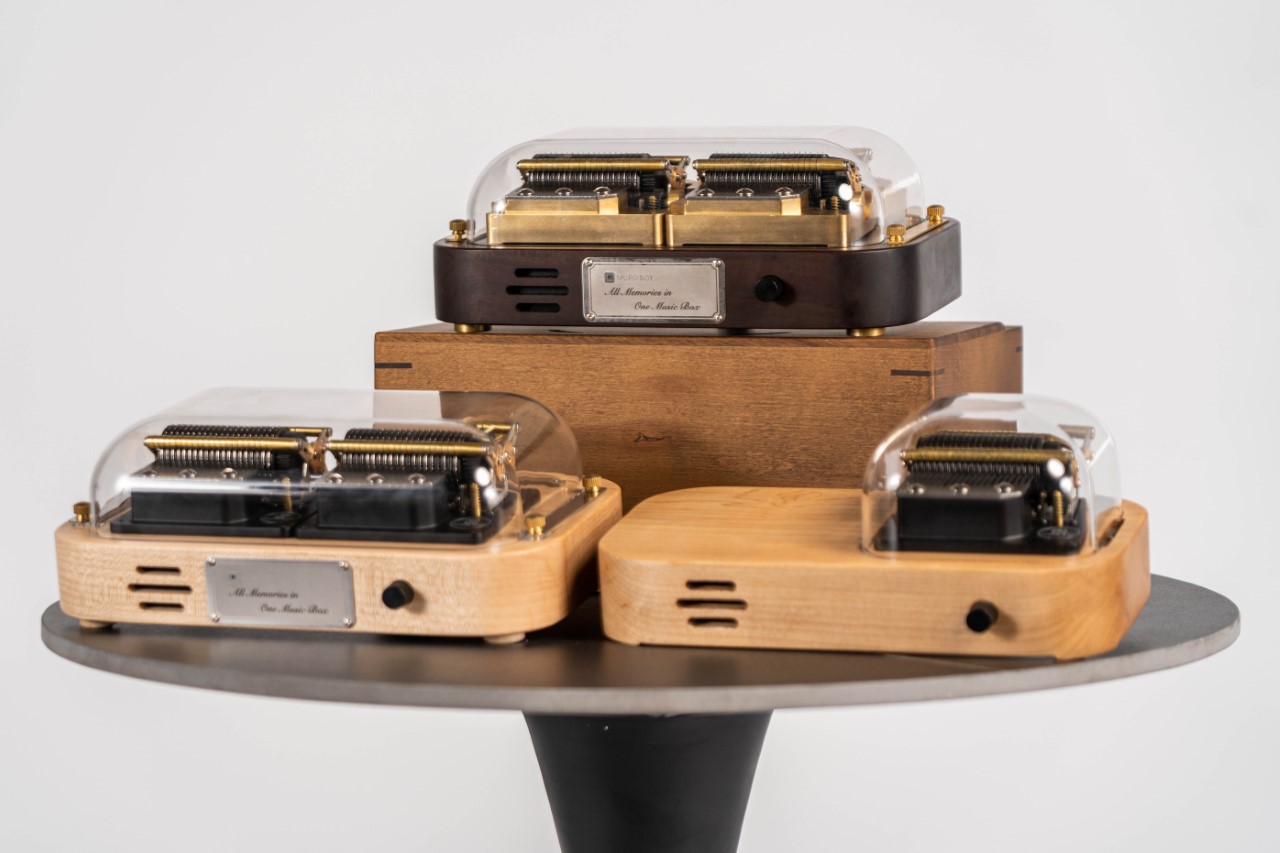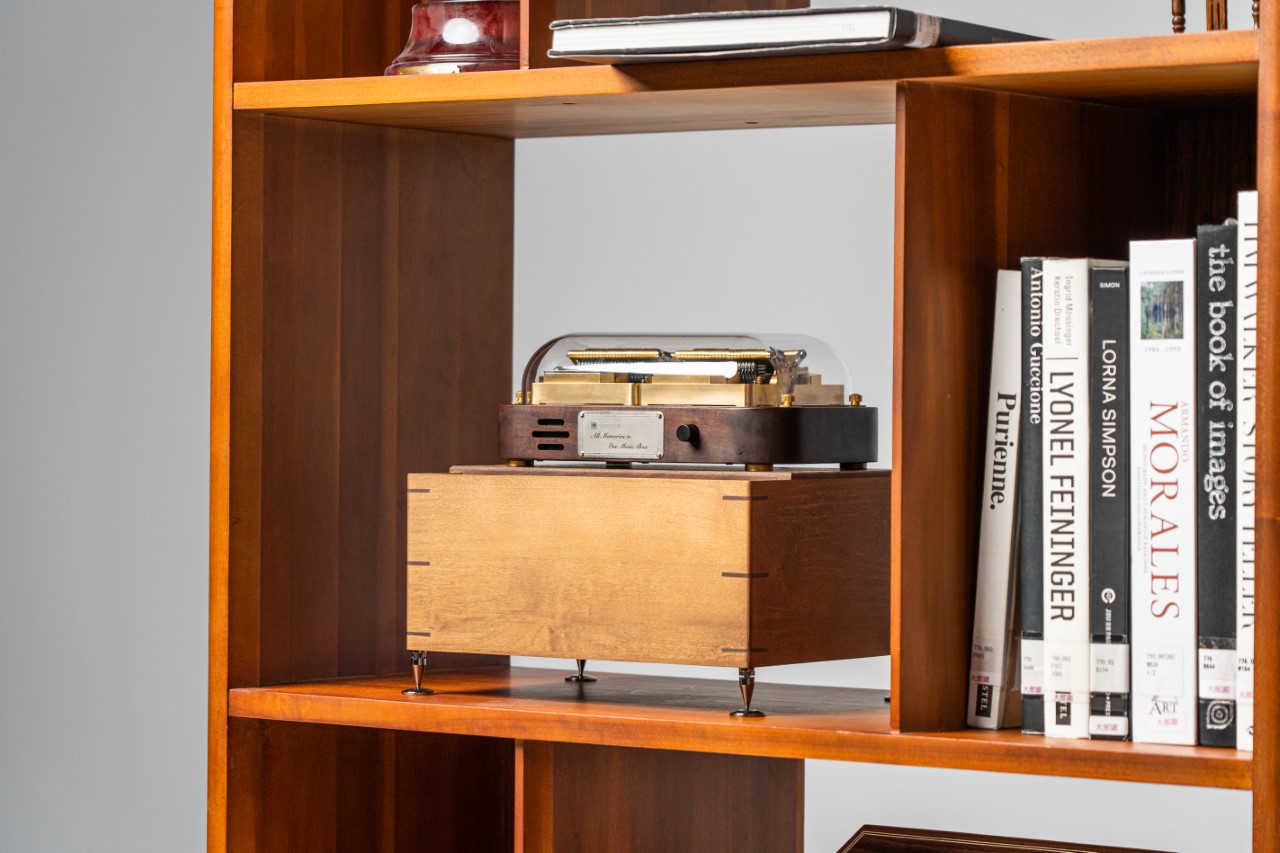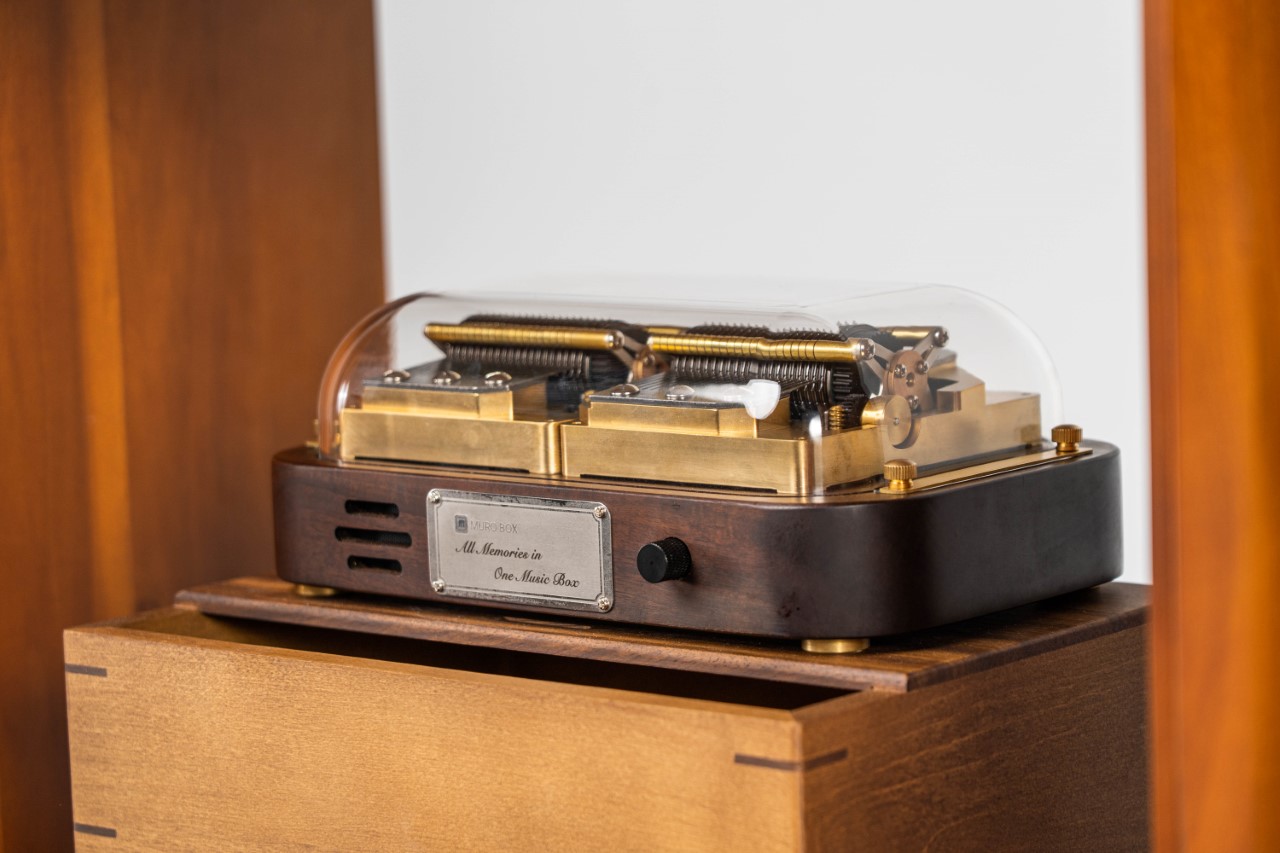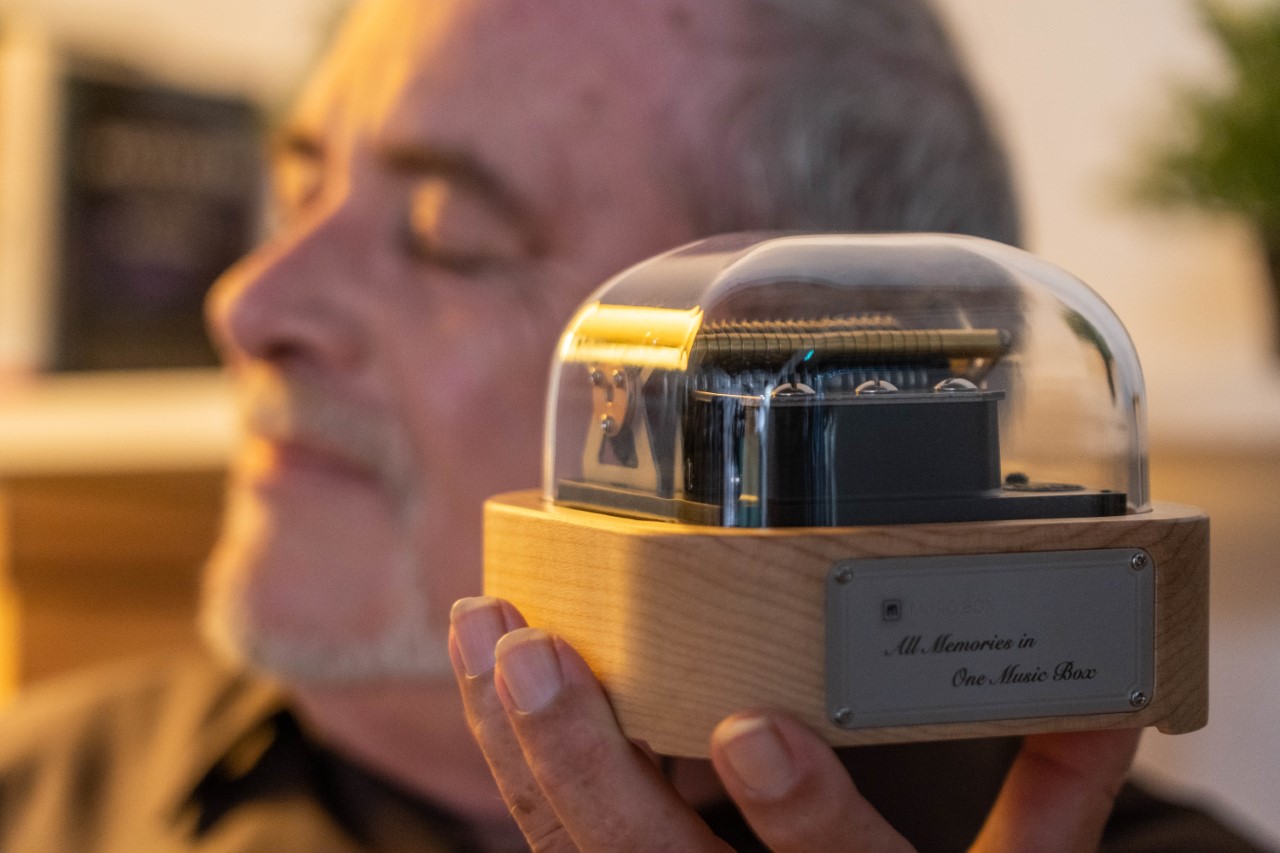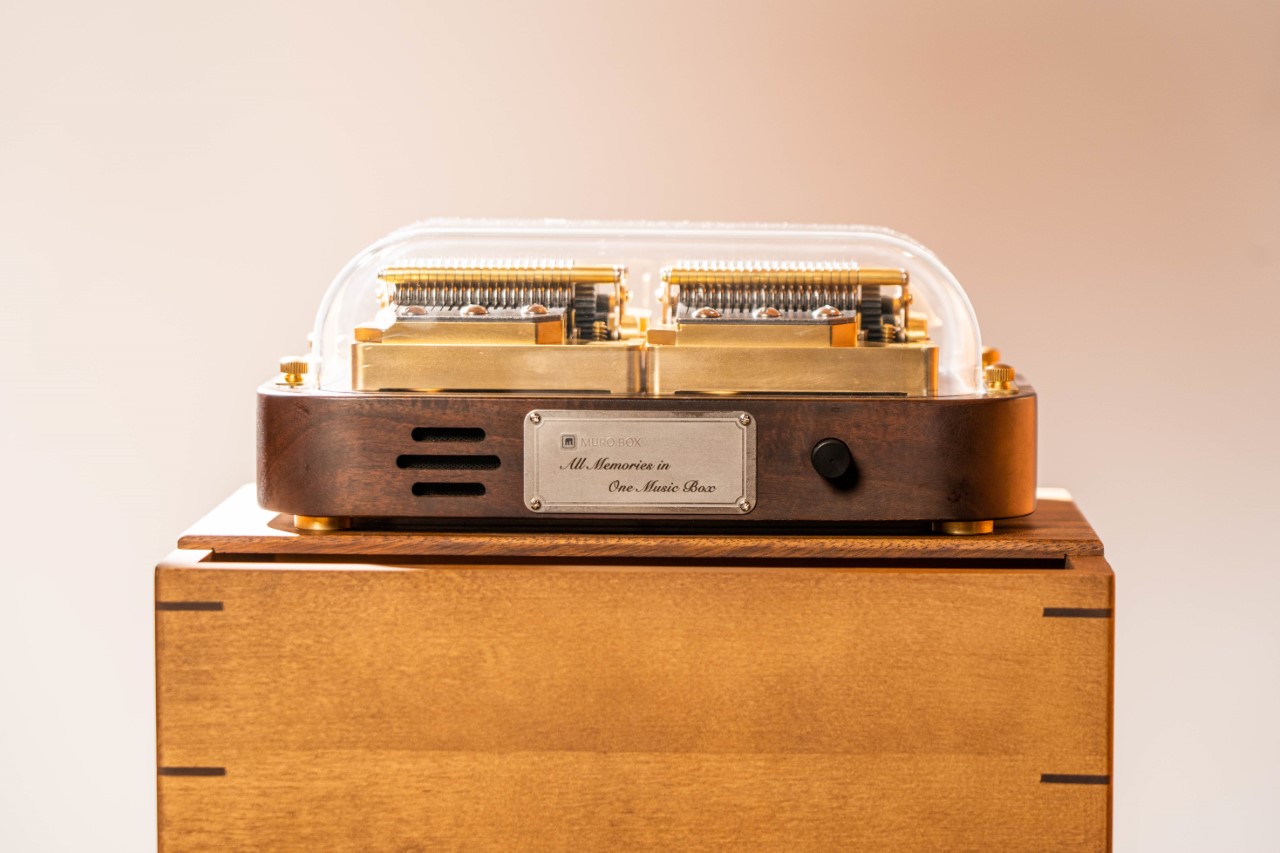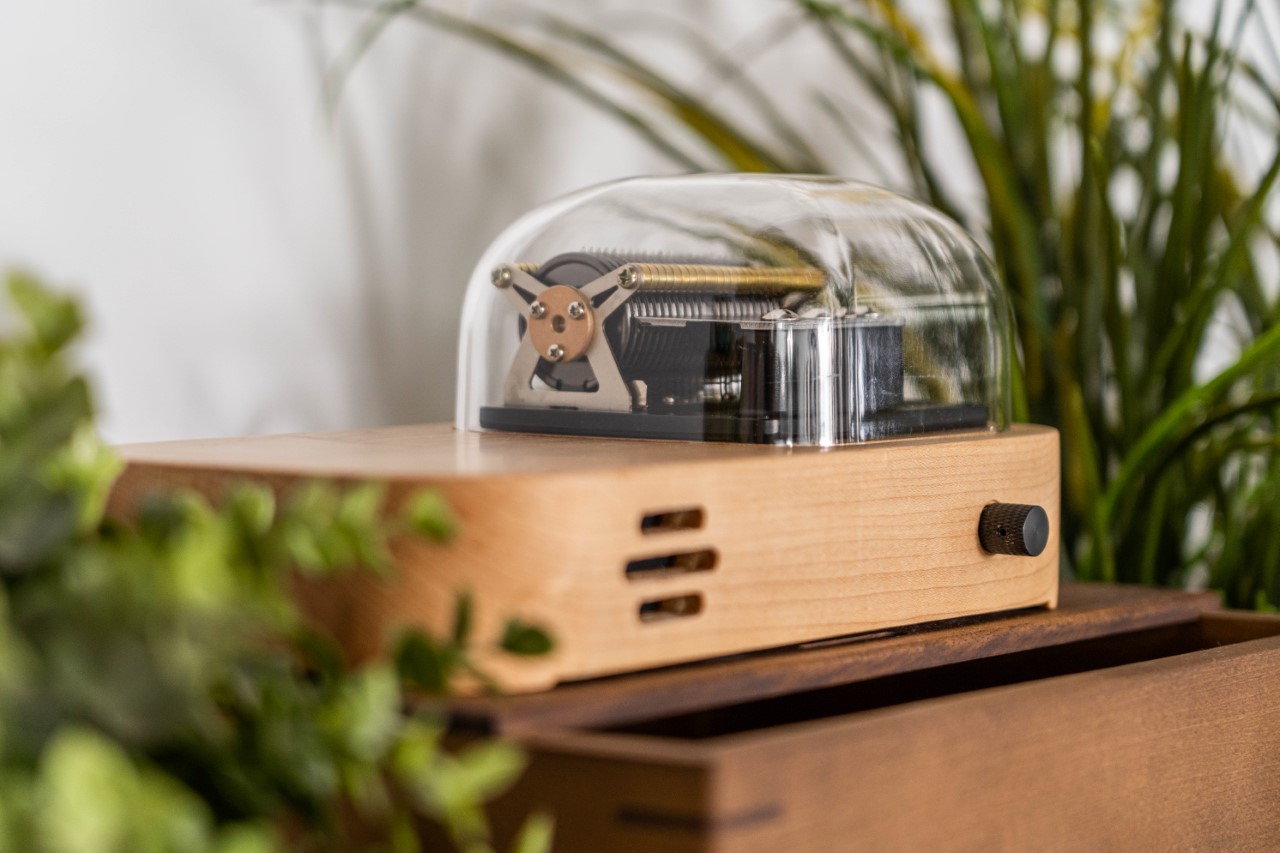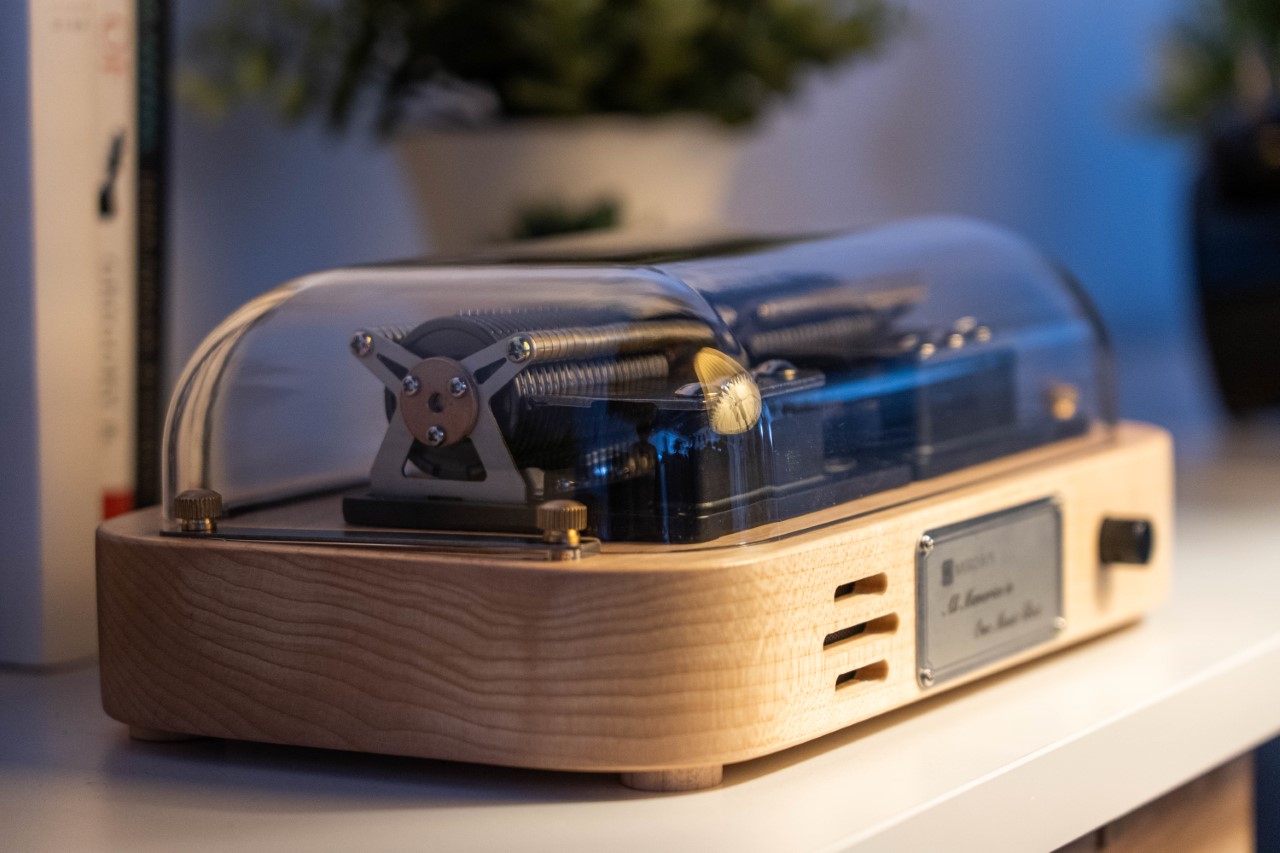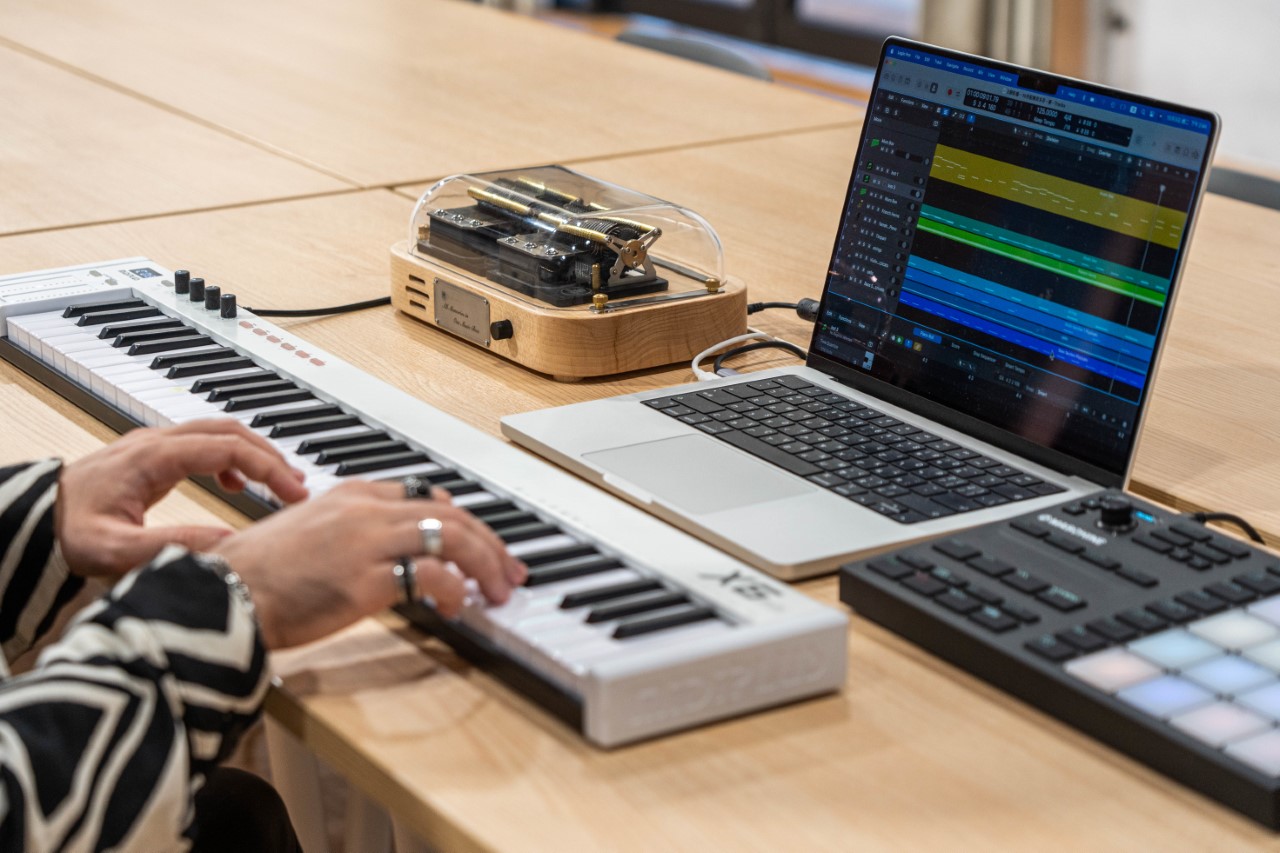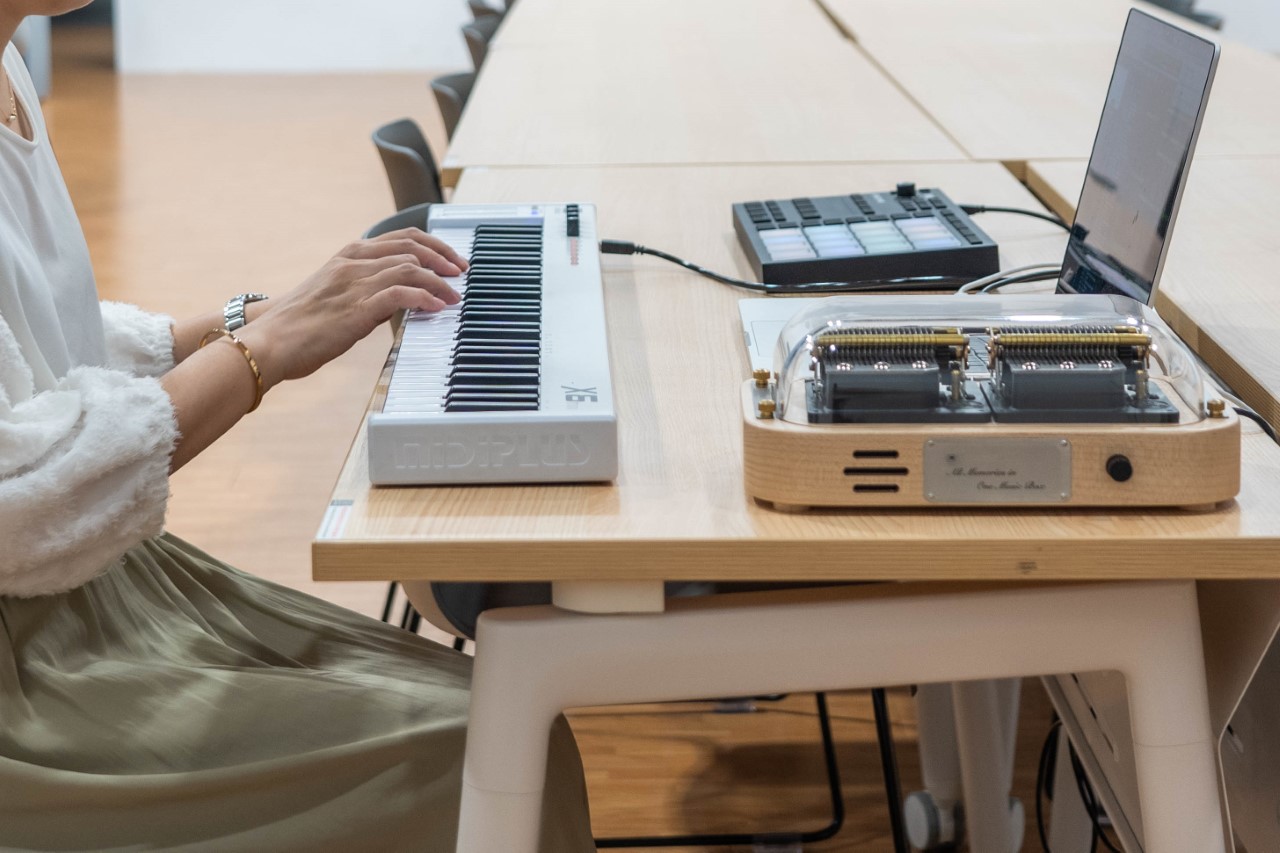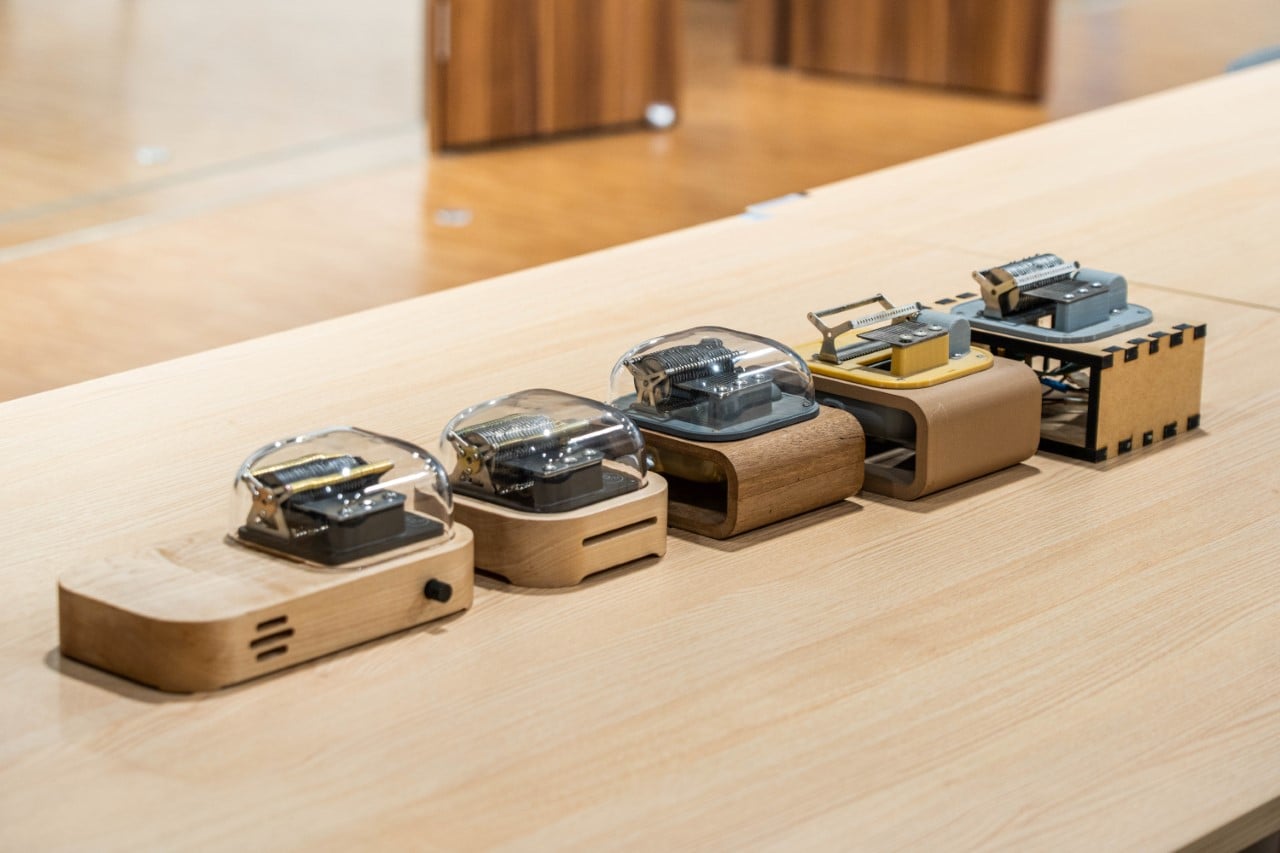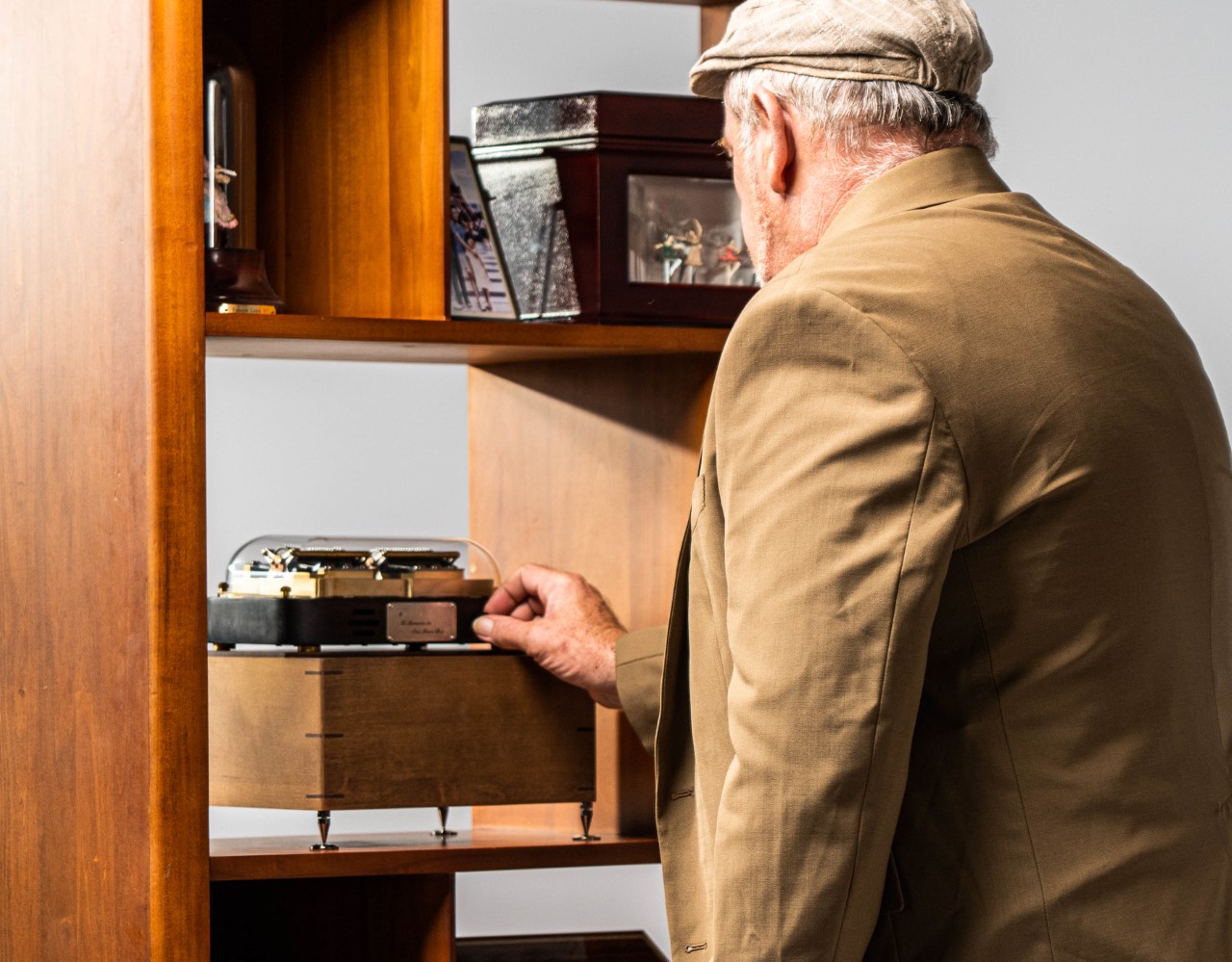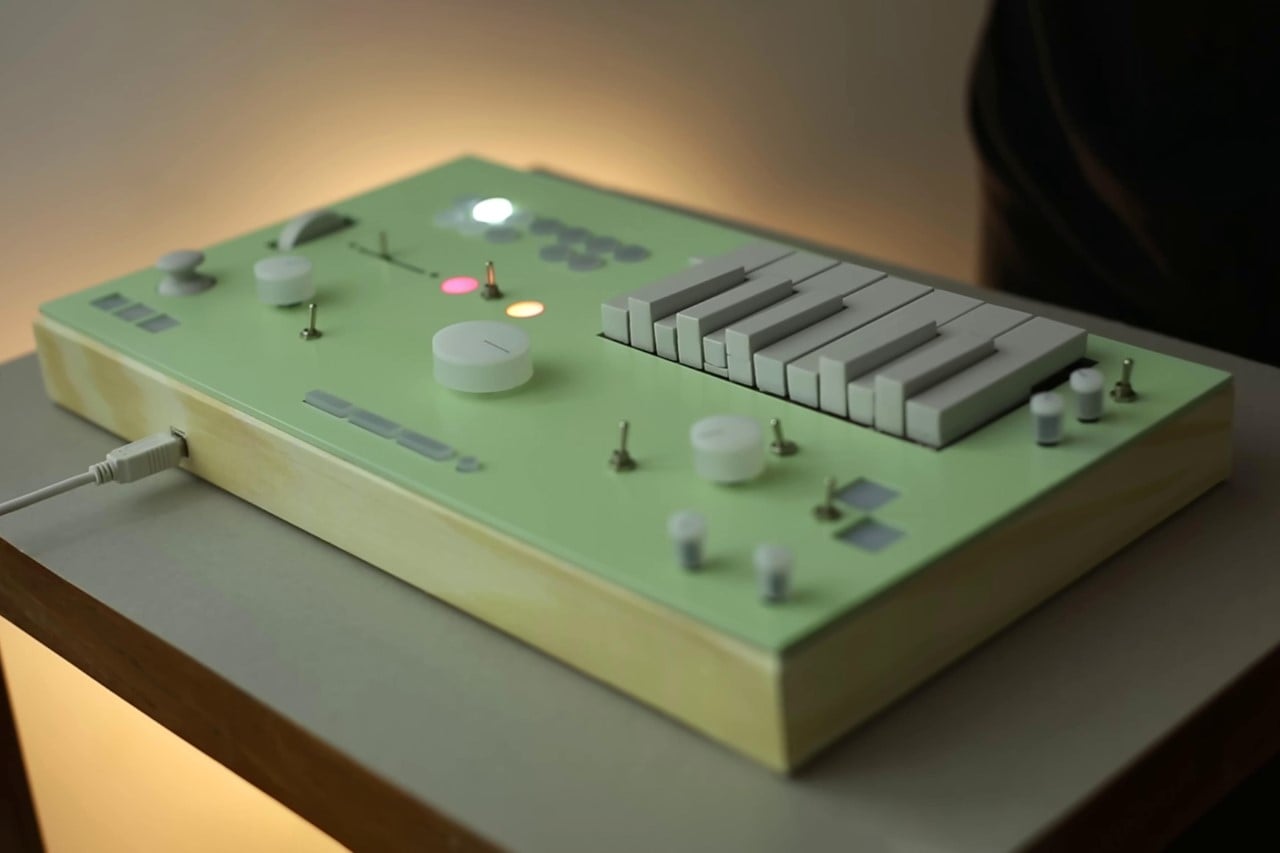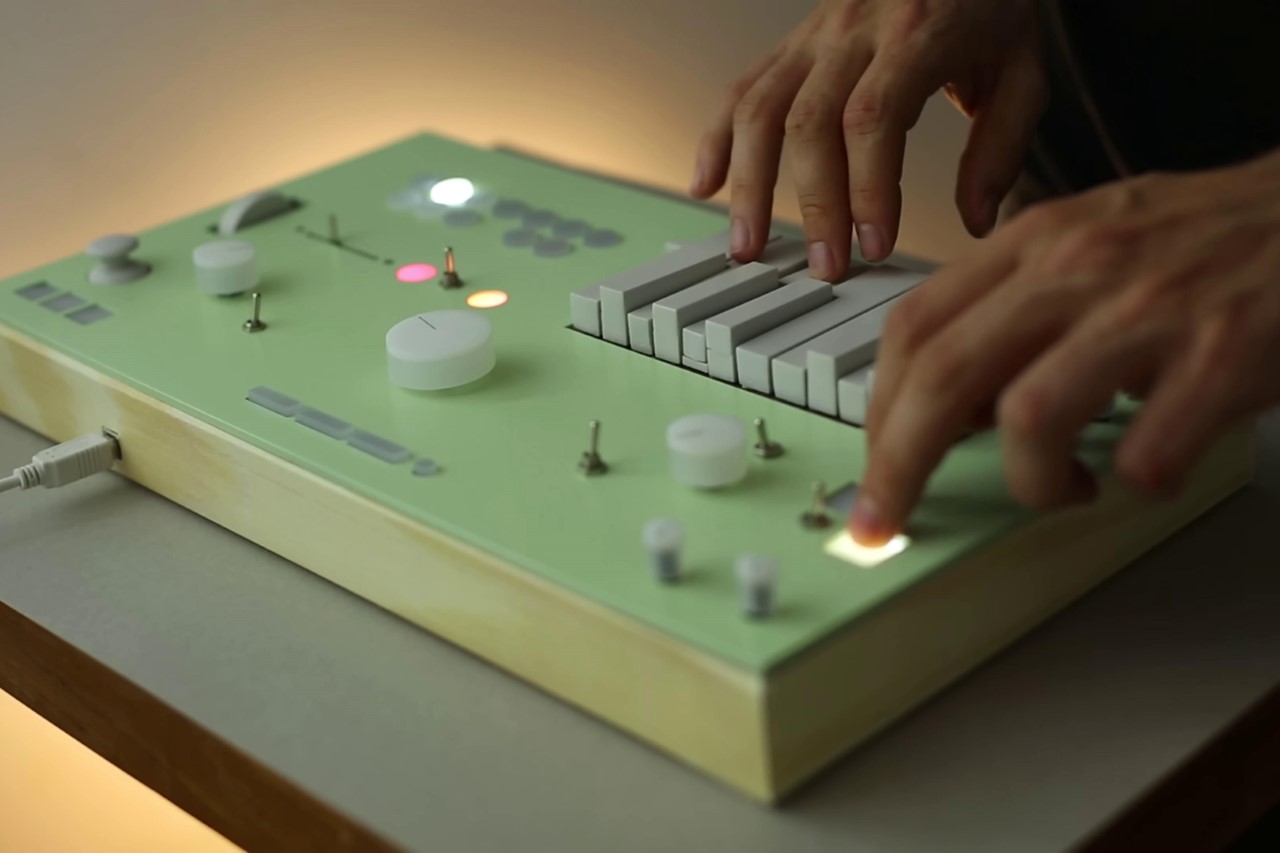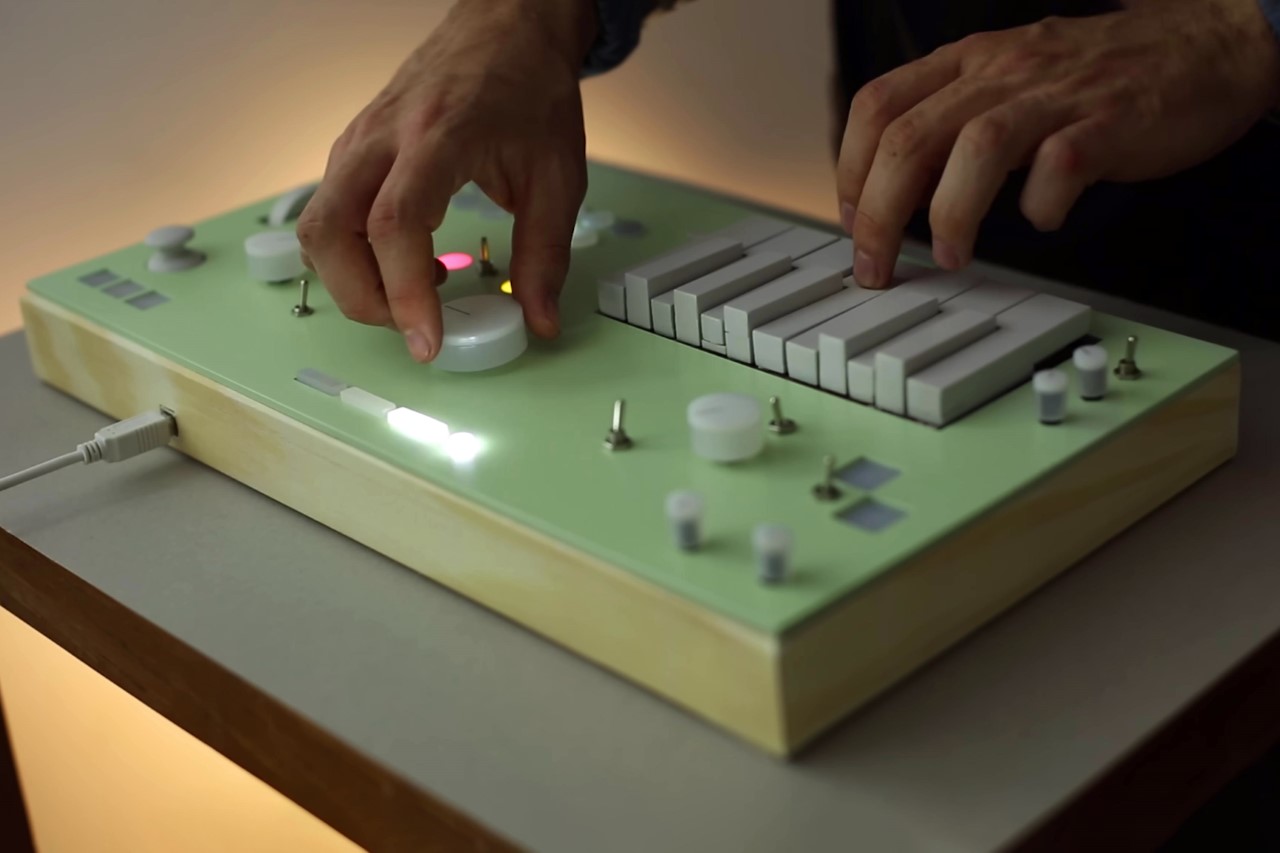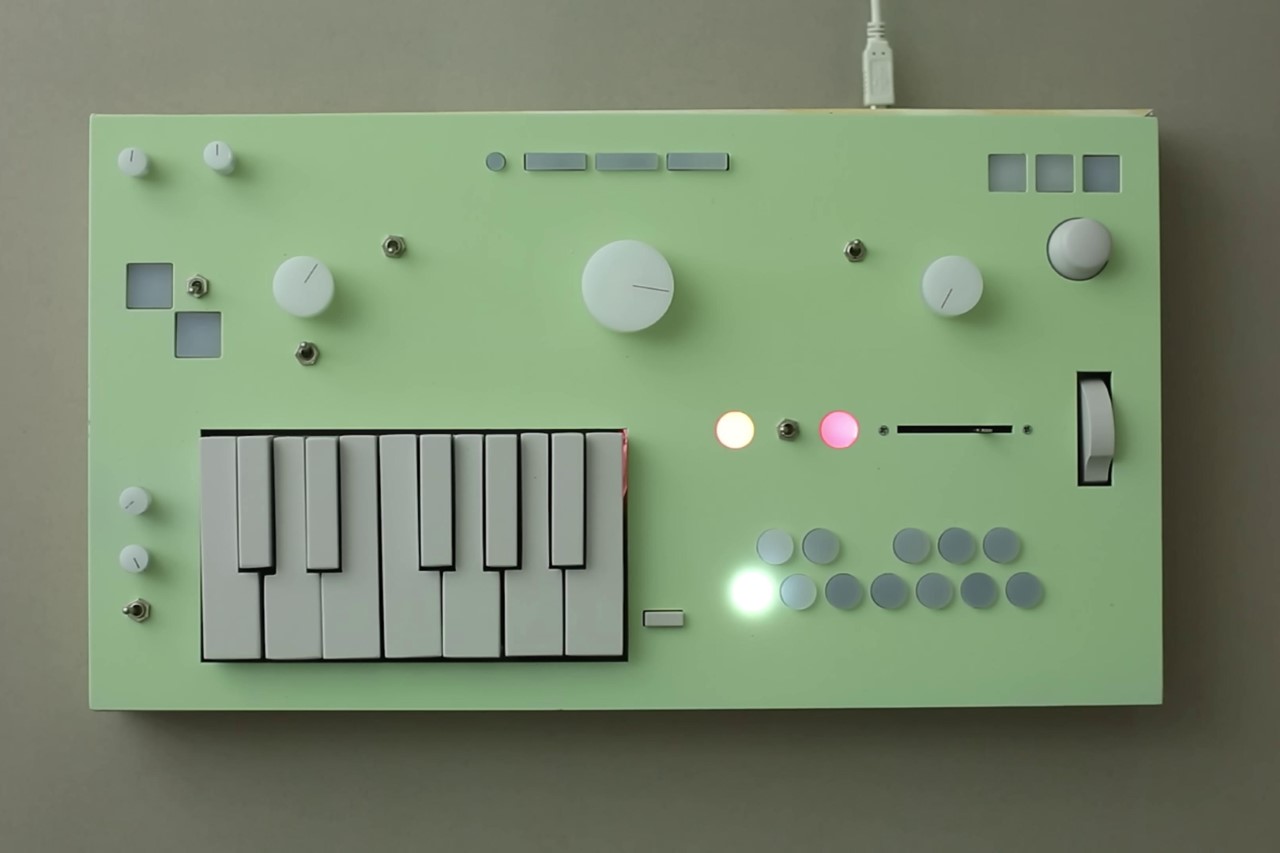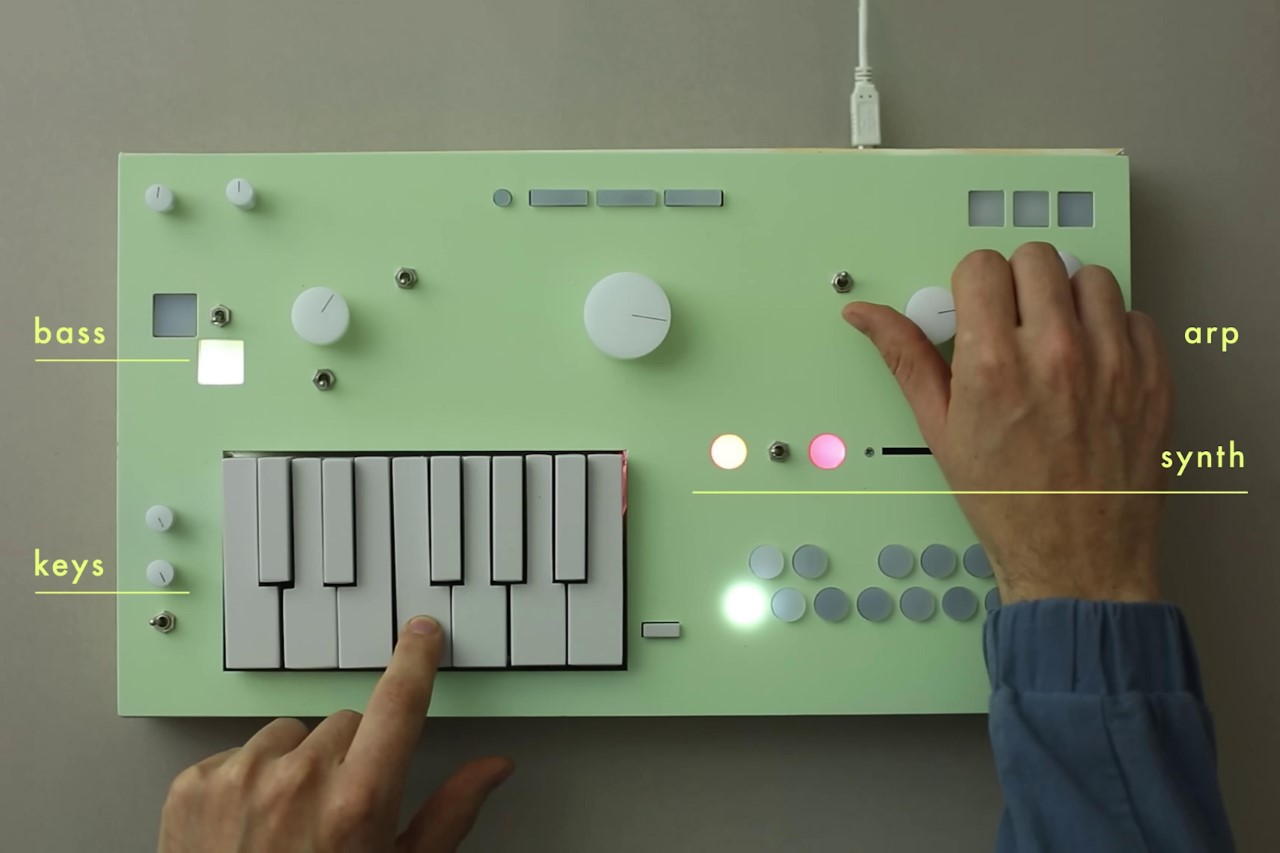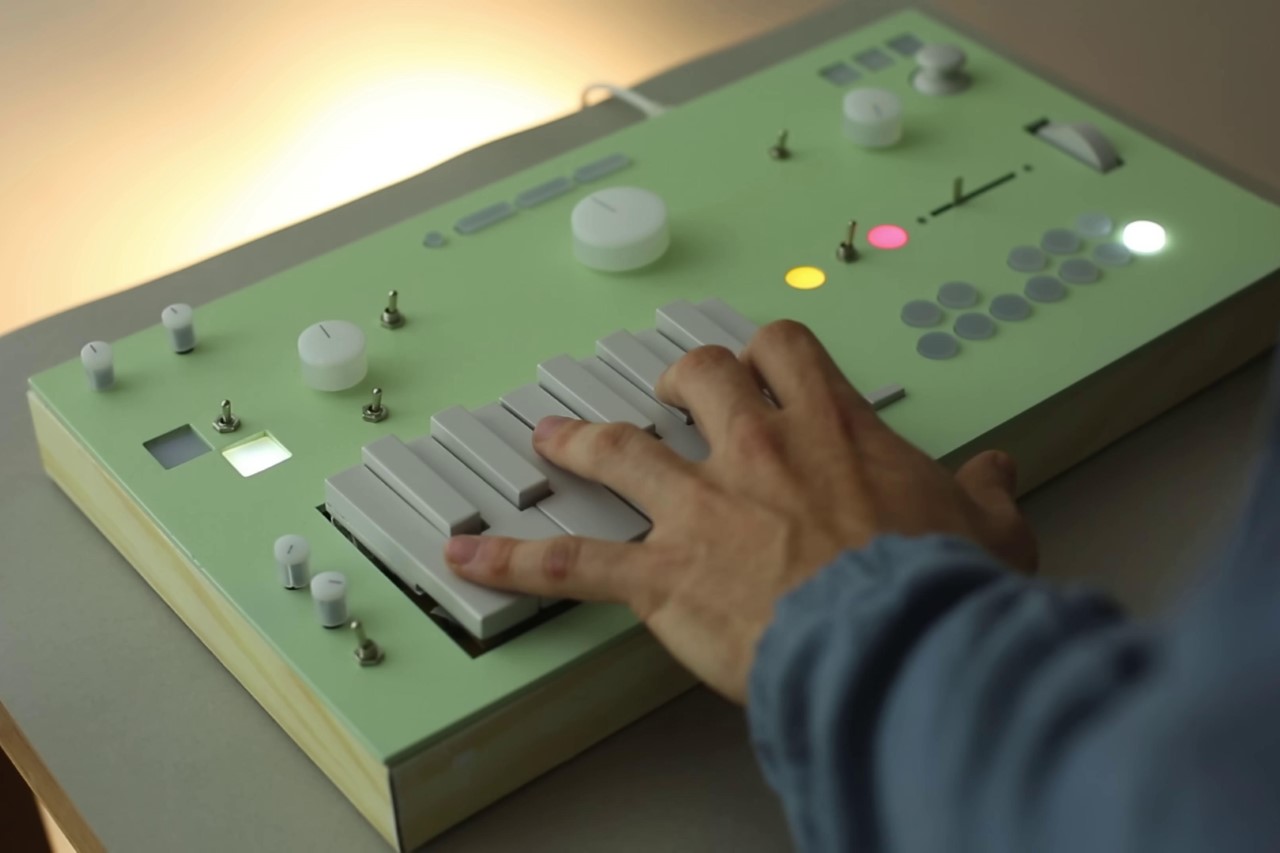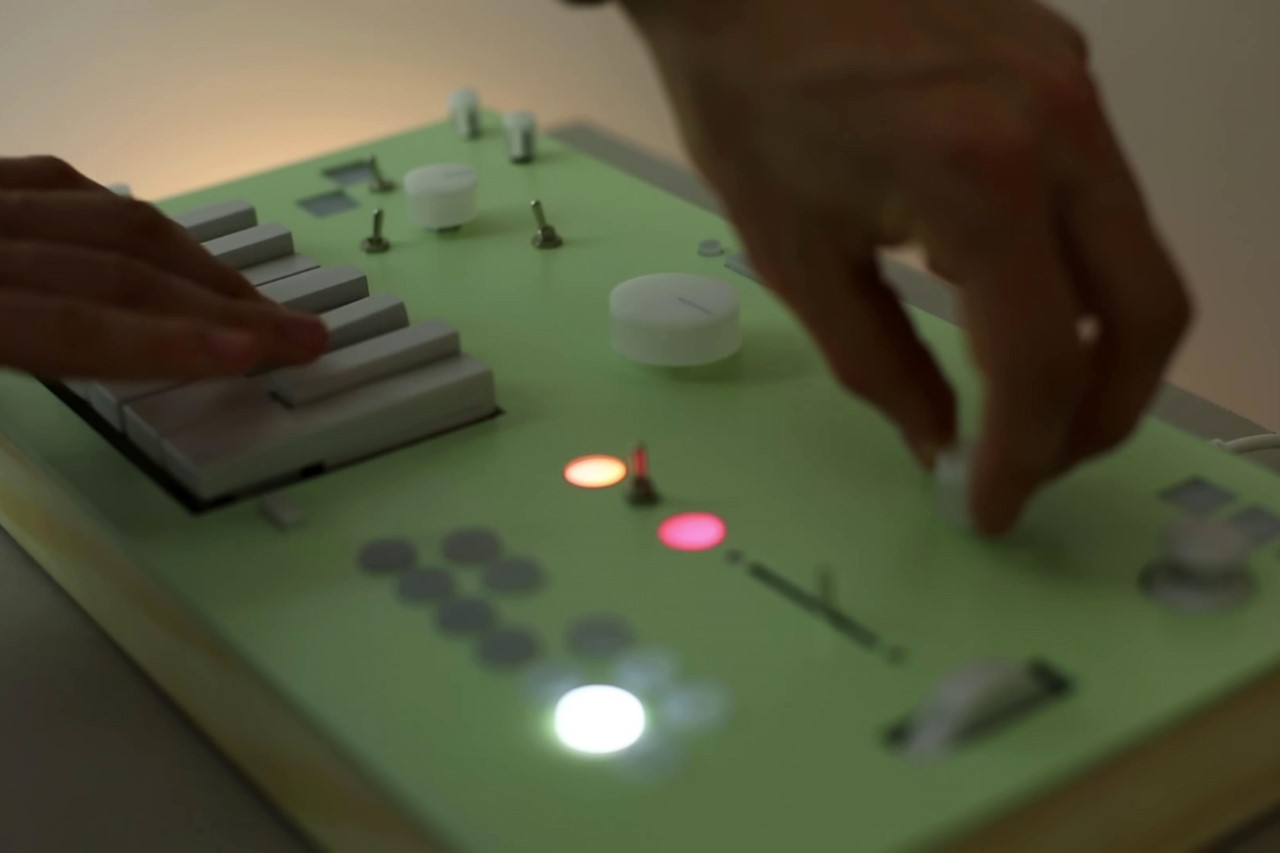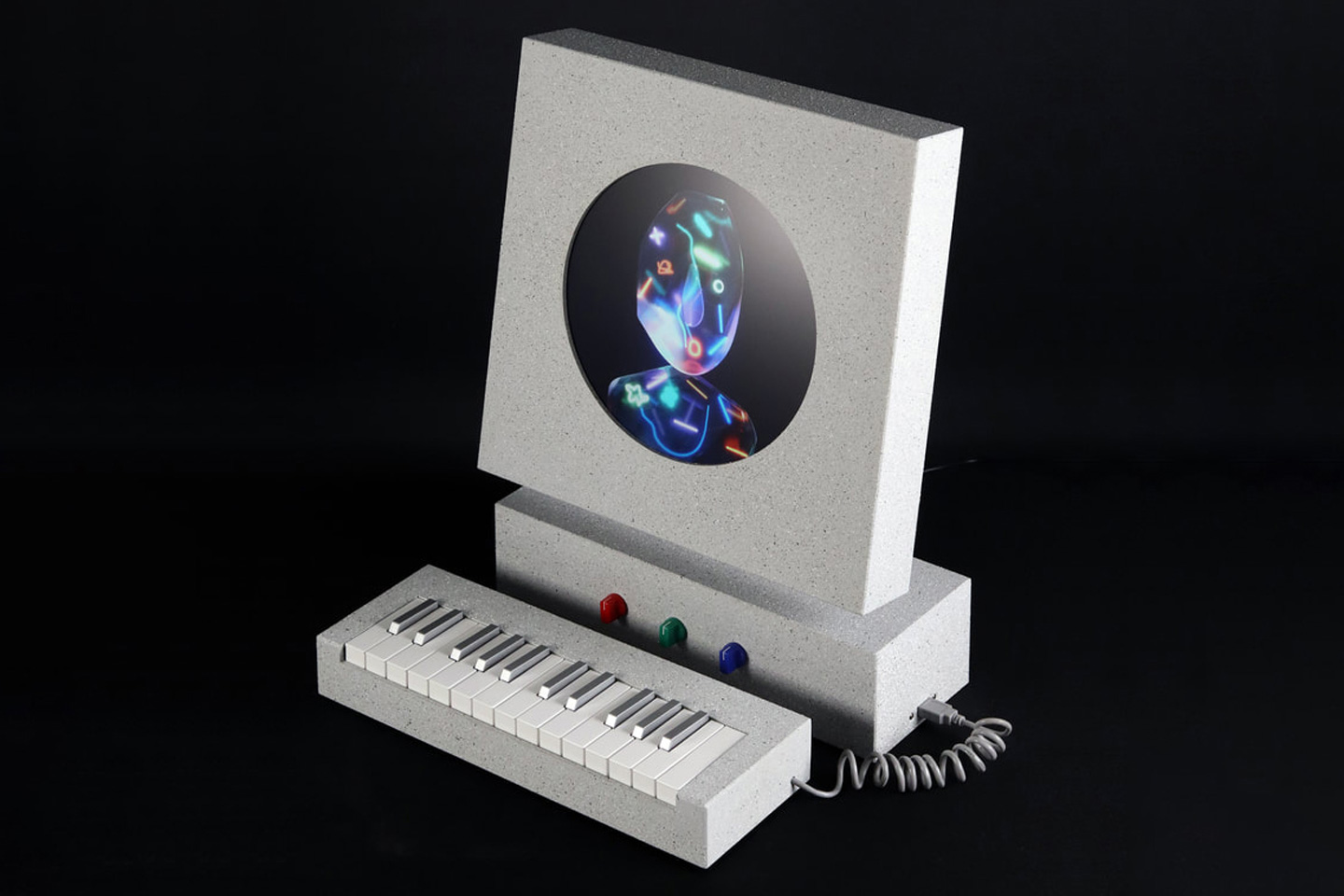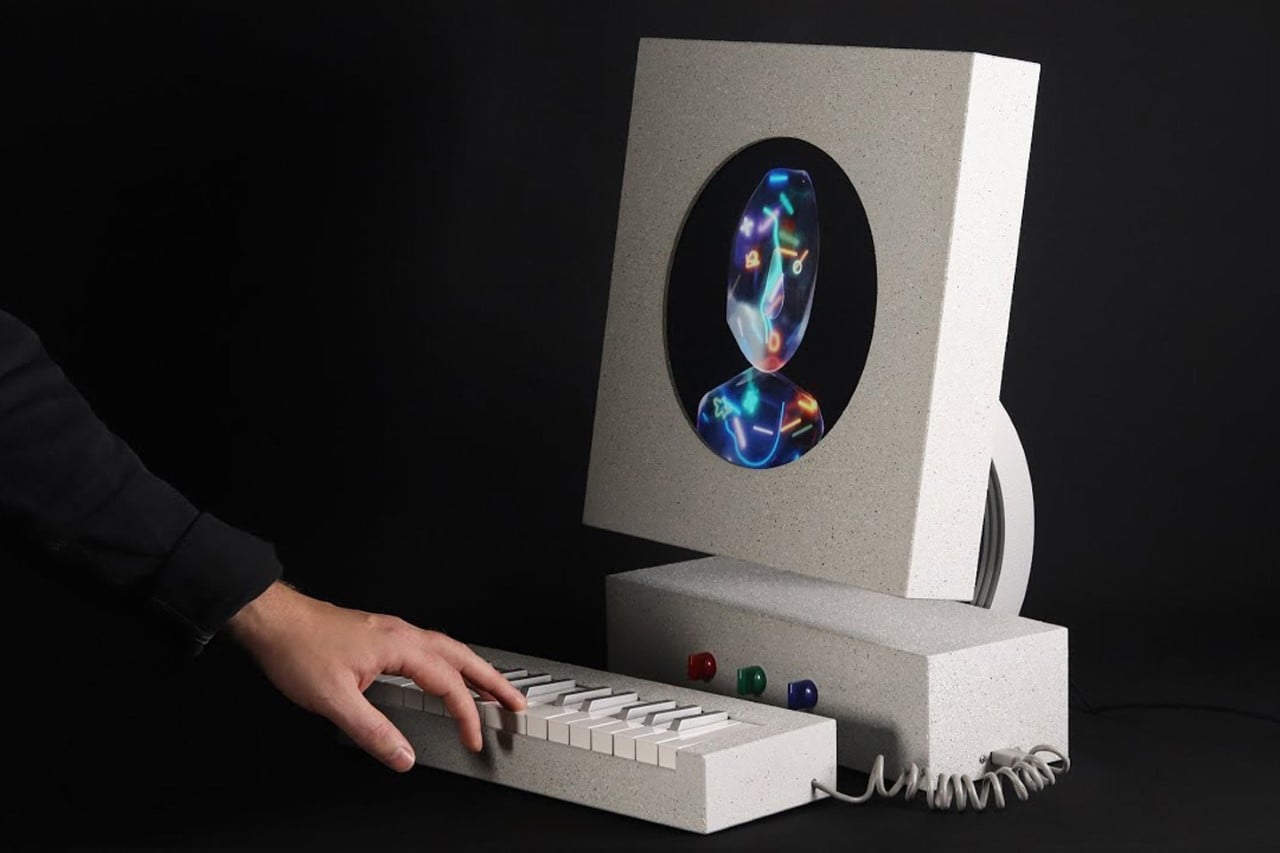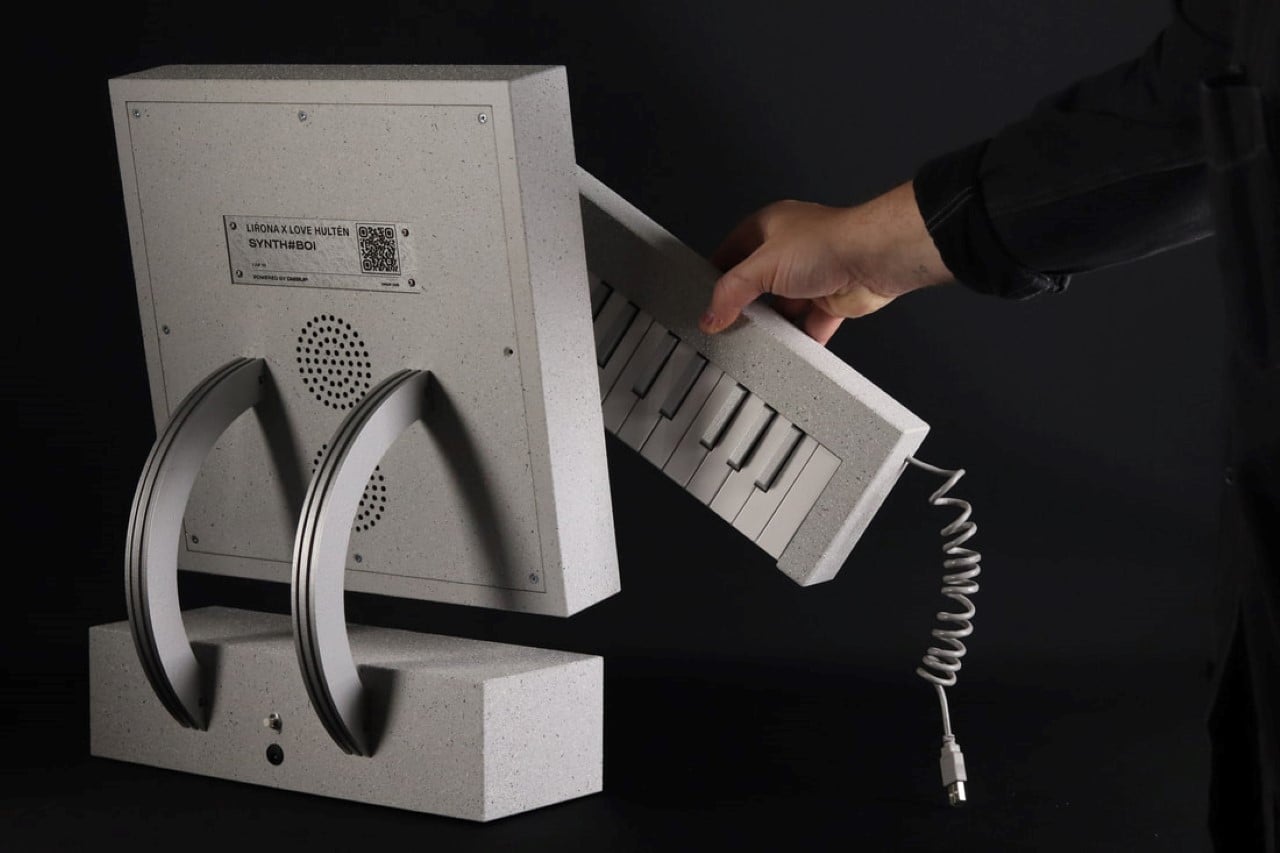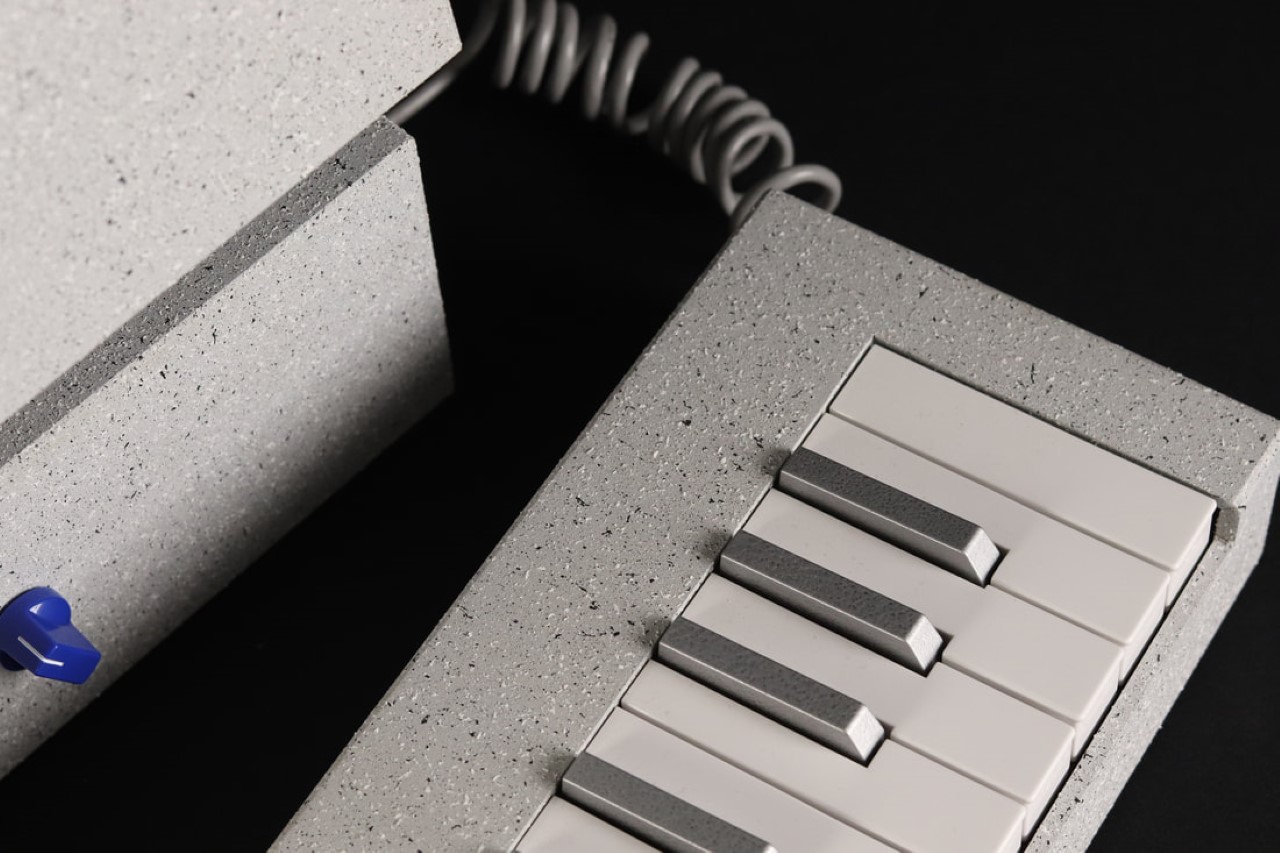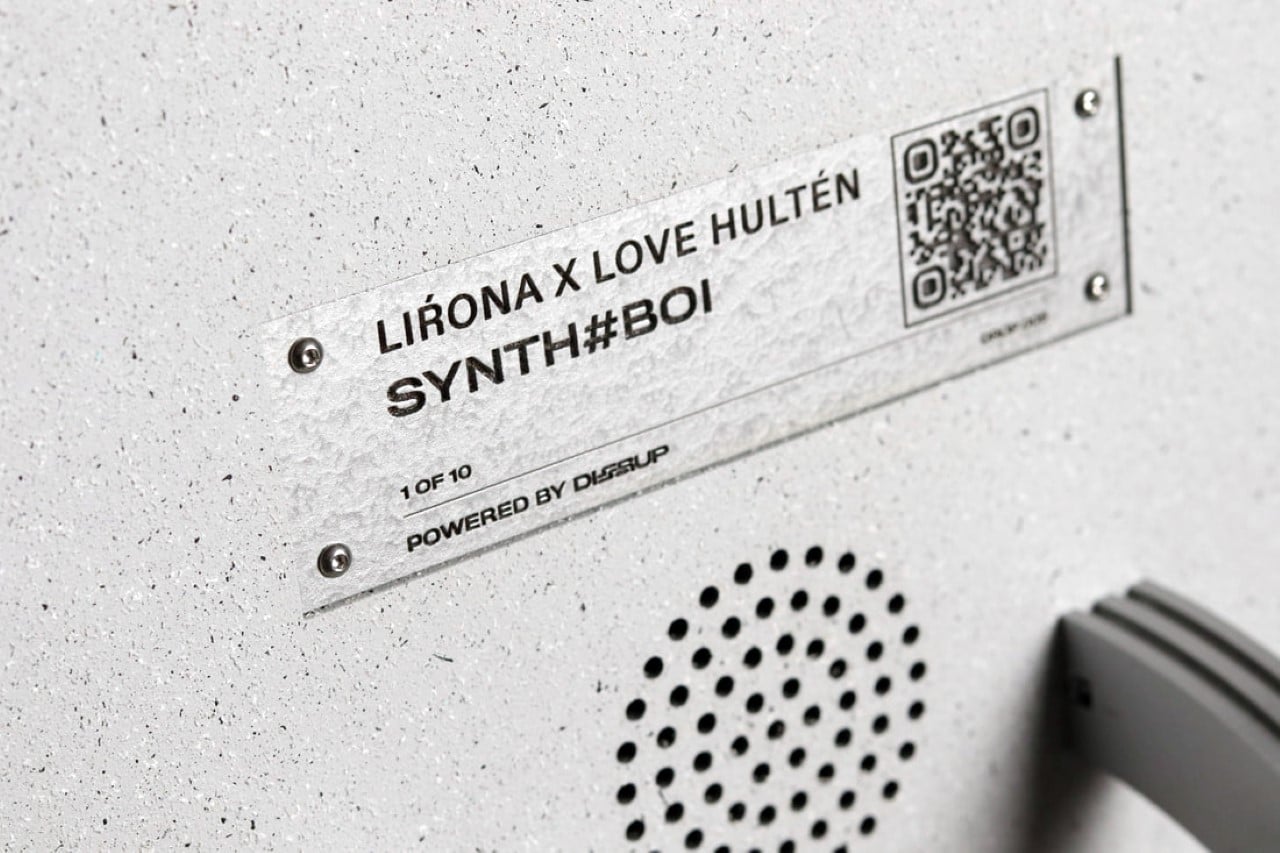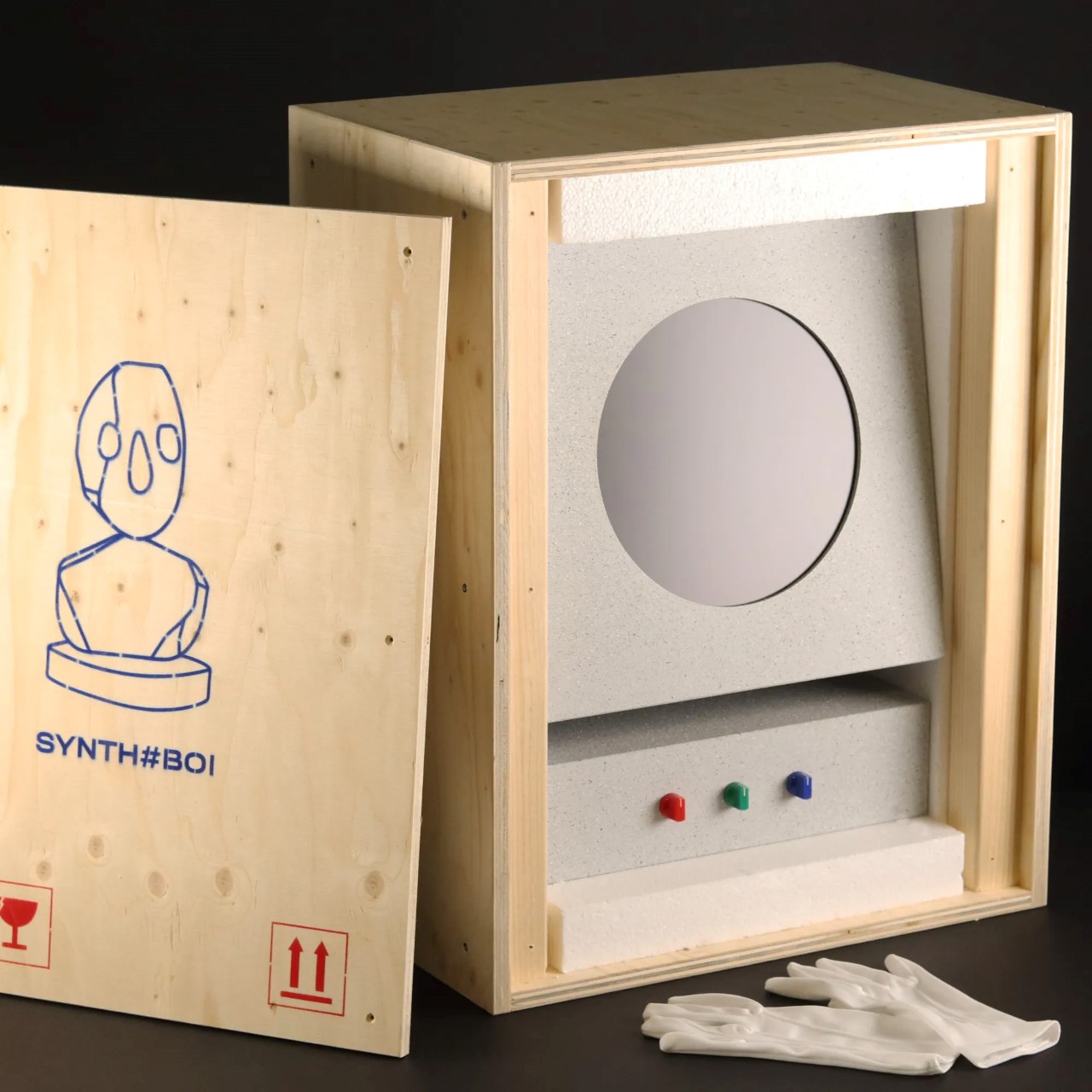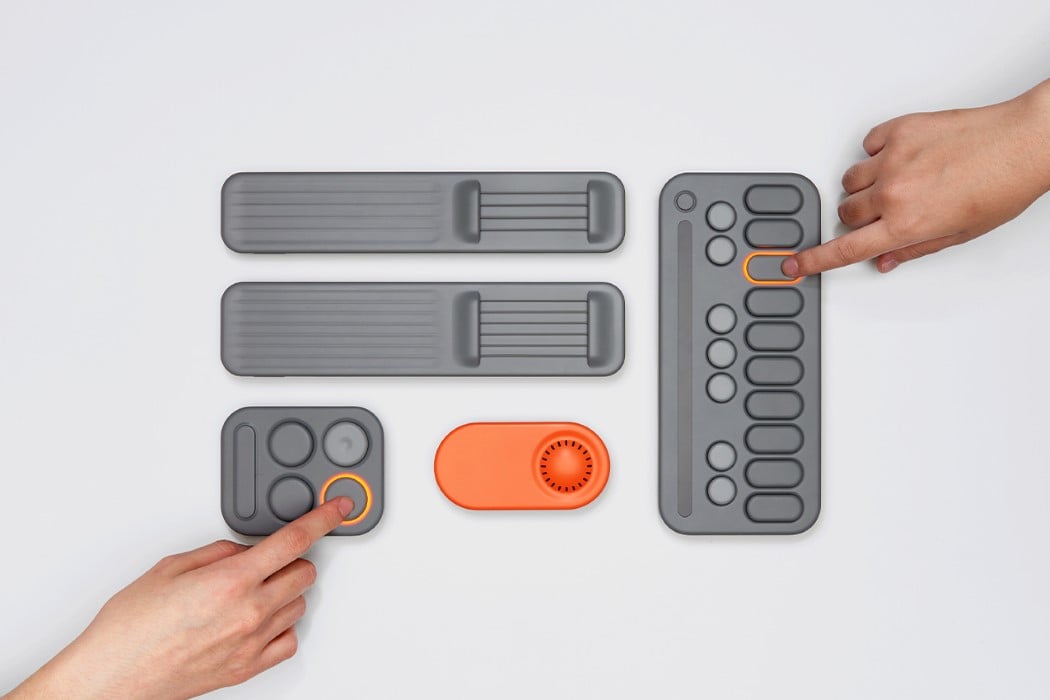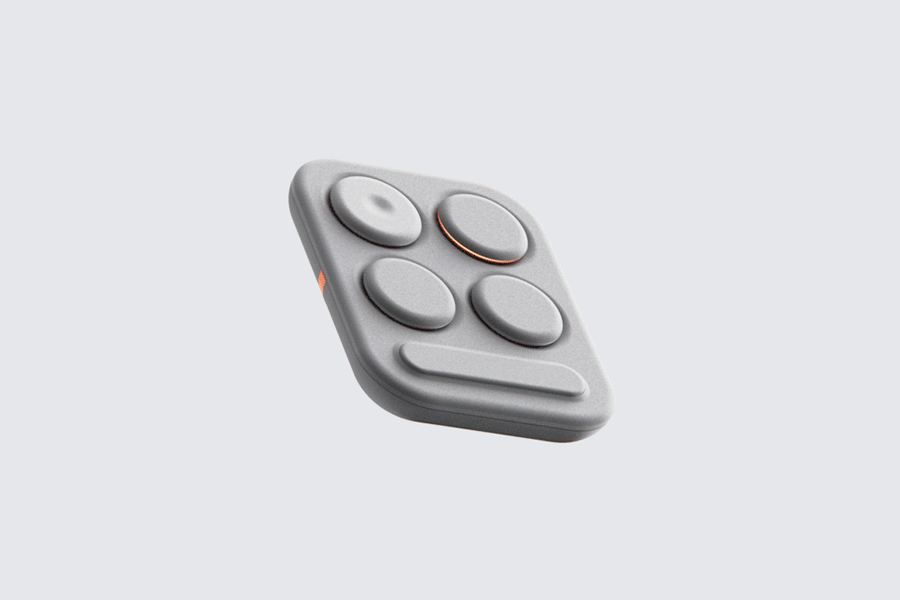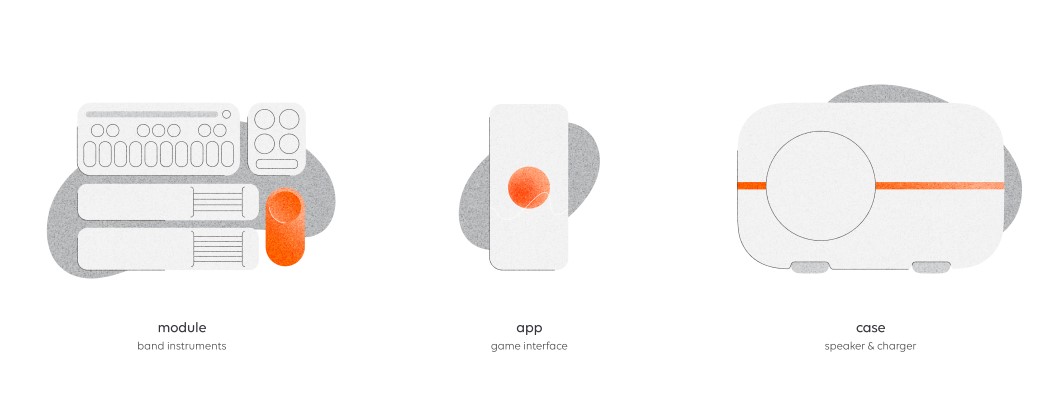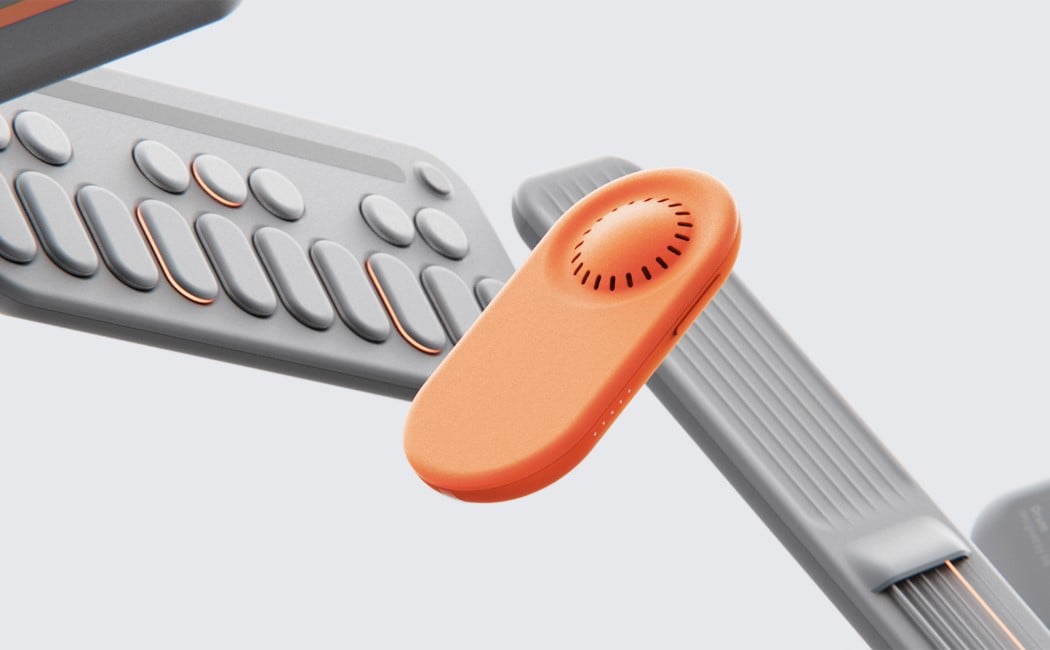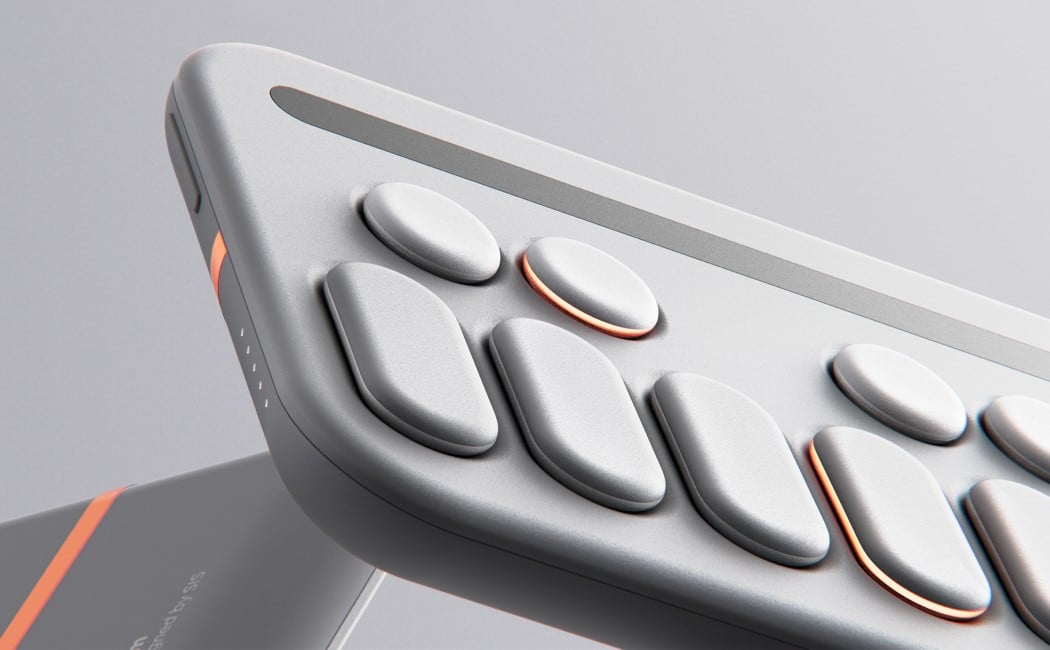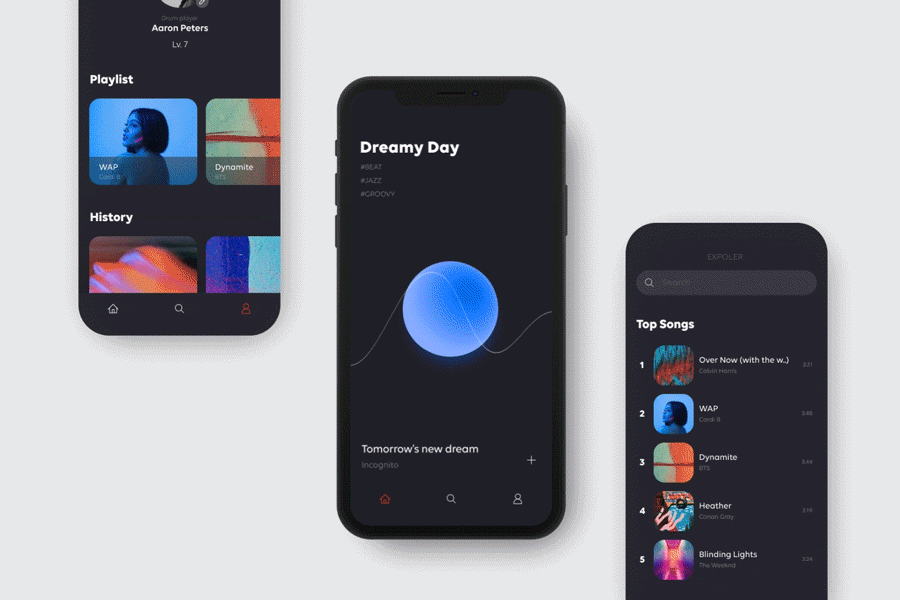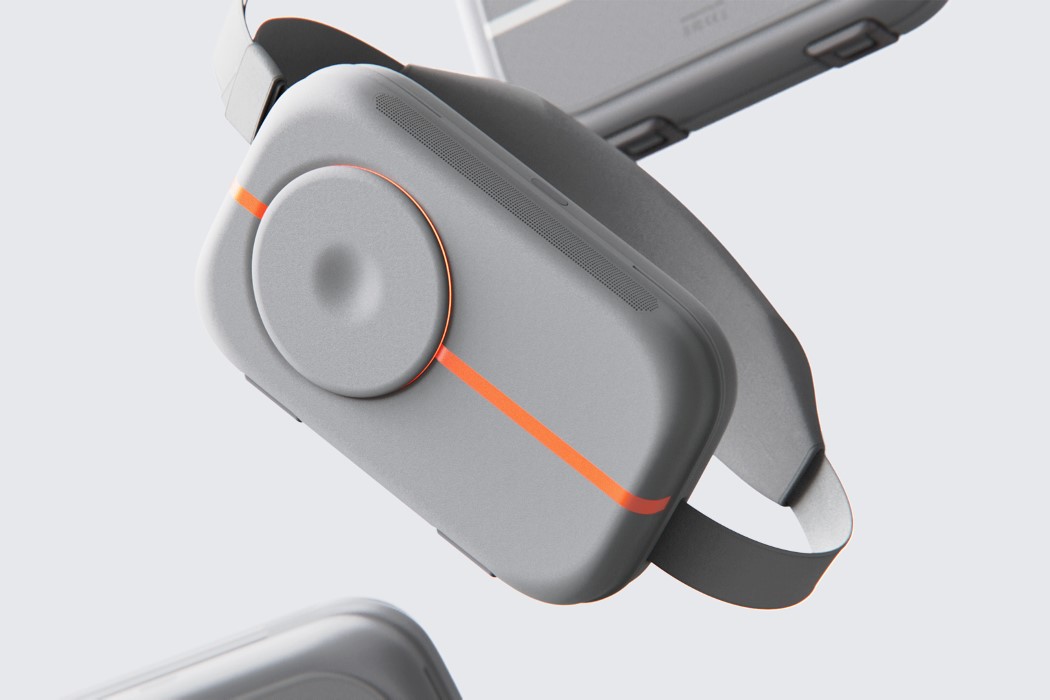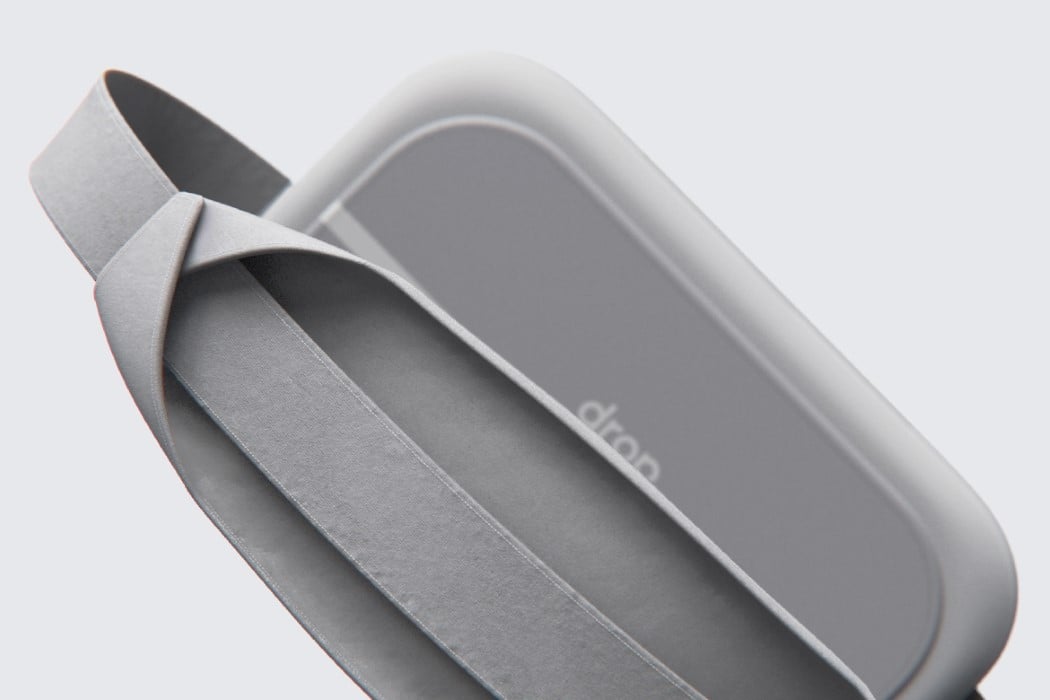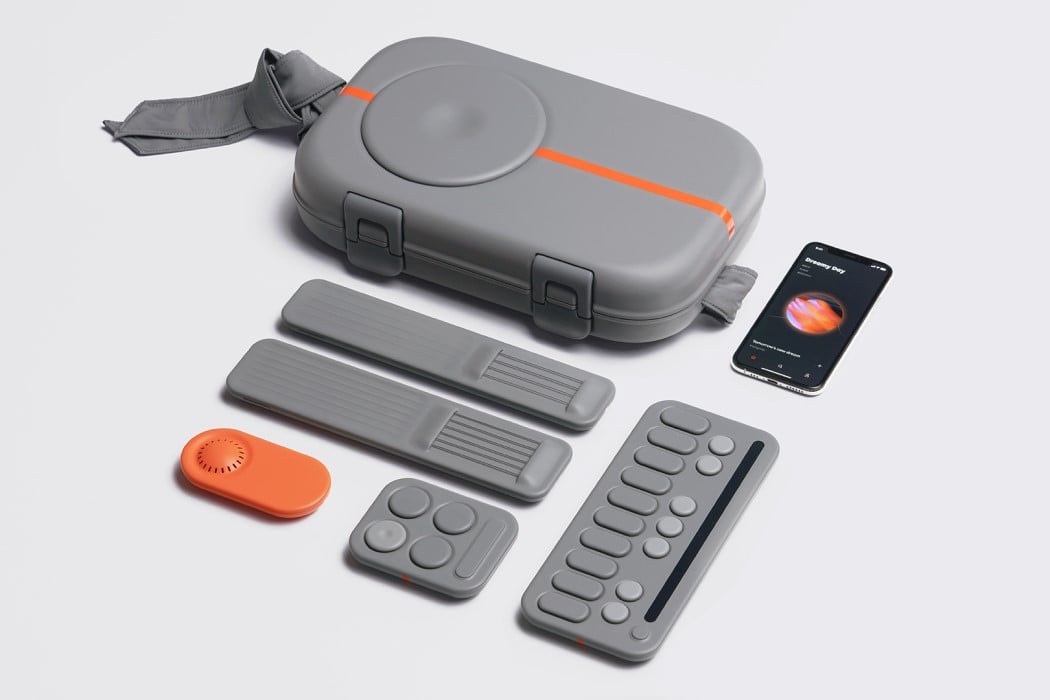Small enough to fit in a pocket, lighter than an iPhone, but equipped with a 25+ sound bank, MIDI capabilities, 25 keys, and its own built-in speaker system, the EASYPLAY 1s might just be the easiest way to play music anywhere you go. Music instruments, whether digital or physical, have had a problem of being too expensive, too bulky, or both. The $99 EASYPLAY 1s makes music production and even jamming as simple as pulling the MIDI synth out of your pocket and starting to play. It comes with multiple instruments built-in, a drum machine for you to drop beats, and knobs that let you change octaves and instruments in mere seconds. When you’re done playing with the built-in instrument packs, the EASYPLAY can hook to your laptop or tablet, working as an external synth to let you access millions of other instruments… or even build your own.
Designer: SummerTones
Click Here to Buy Now: $99 $198 (49% off) Hurry! Only 60 hours left!
The beauty of the EASYPLAY 1s is that it rejects the status quo with a design that feels fresh, fun, and inviting. It doesn’t look like an electronic keyboard or piano, and opts for a more retro-funk design that’s reminiscent of something Teenage Engineering would create. The EASYPLAY 1s comes with colored keys, the ability to change keycaps, and a design that encourages endless experimentation. When you start playing with the EASYPLAY 1s, you start afresh – the entire experience feels new, which means you learn new things, stumble across new patterns, and create something that feels absolutely original. With time, muscle memory kicks in, and your fingers figure out how to dance across the EASYPLAY 1s’ 25-key interface.
Think of the Casio synthesizers back in the 80s and 90s, and imagine it condensed down into the size smaller than a Nintendo Switch. The EASYPLAY 1s has a small form factor that can be either used handheld, or even kept on a tabletop surface. Switch it on and it starts working off the bat, allowing you to choose instruments, set your pitch or octave, and begin playing. A set of two 2W speakers on each side is enough to play solo, or if you want something a little more comprehensive, a 3.5mm input lets you hook the EASYPLAY 1s to a set of headphones or even a speaker system. Want to go a step further? A USB-C port lets you hook the device to a computer or tablet running any DAW (Digital Audio Workstation), effectively turning your EASYPLAY 1s into an external synth. Use it to jam, produce music, or even play samples and loops during a deejay set. Heck, you could even use the EASYPLAY 1s as a gaming controller for games like Guitar Hero, or a slew of other key-smashing games.
The small, lightweight device packs its own 25+ bank of music instruments. You can choose between traditional instruments like a guitar, piano, accordion, saxophone, or go more electronic with waveforms like sawtooth or square waves. Two knobs on either side let you choose instruments or octaves, while keys at the center become your MIDI pads, allowing you to tap for singular notes, or press multiple buttons together to create chords. There’s also a built-in metronome that makes playing in rhythm easy when you’re learning or composing, and Bluetooth capabilities that let you connect your EASYPLAY 1s to a smartphone and play along with your favorite songs on Spotify or any other streaming service.
What sets the EASYPLAY 1s apart is its incredibly low barrier for entry. At $99, it’s more affordable than most regular instruments, making it a great addition to your music arsenal, or even a perfect first gift for a youngster interested in music production. The entire device weighs around 6 ounces (170 grams) and is made of durable ABS and Silicone, making it impervious to rough usage. The $99 variant will get you one EASYPLAY 1s and a set of stickers to put on the keys, or upgrade to the full package for $129, which also includes a lanyard, a carry case, and four sets of keycaps to replace the current ones, for a more themed music experience.
Click Here to Buy Now: $99 $198 (49% off) Hurry! Only 60 hours left!
The post Affordable Music Production: The $99 EASYPLAY 1s MIDI Controller with Built-In Speakers first appeared on Yanko Design.
